The Business of Podcasting with Ryan Helms
Ryan Helms is the former CEO of Legacy Podcasting, a content marketing agency specializing in podcast and YouTube production.
🎧 Prefer listening to this? Here's a podcast version! 🎧
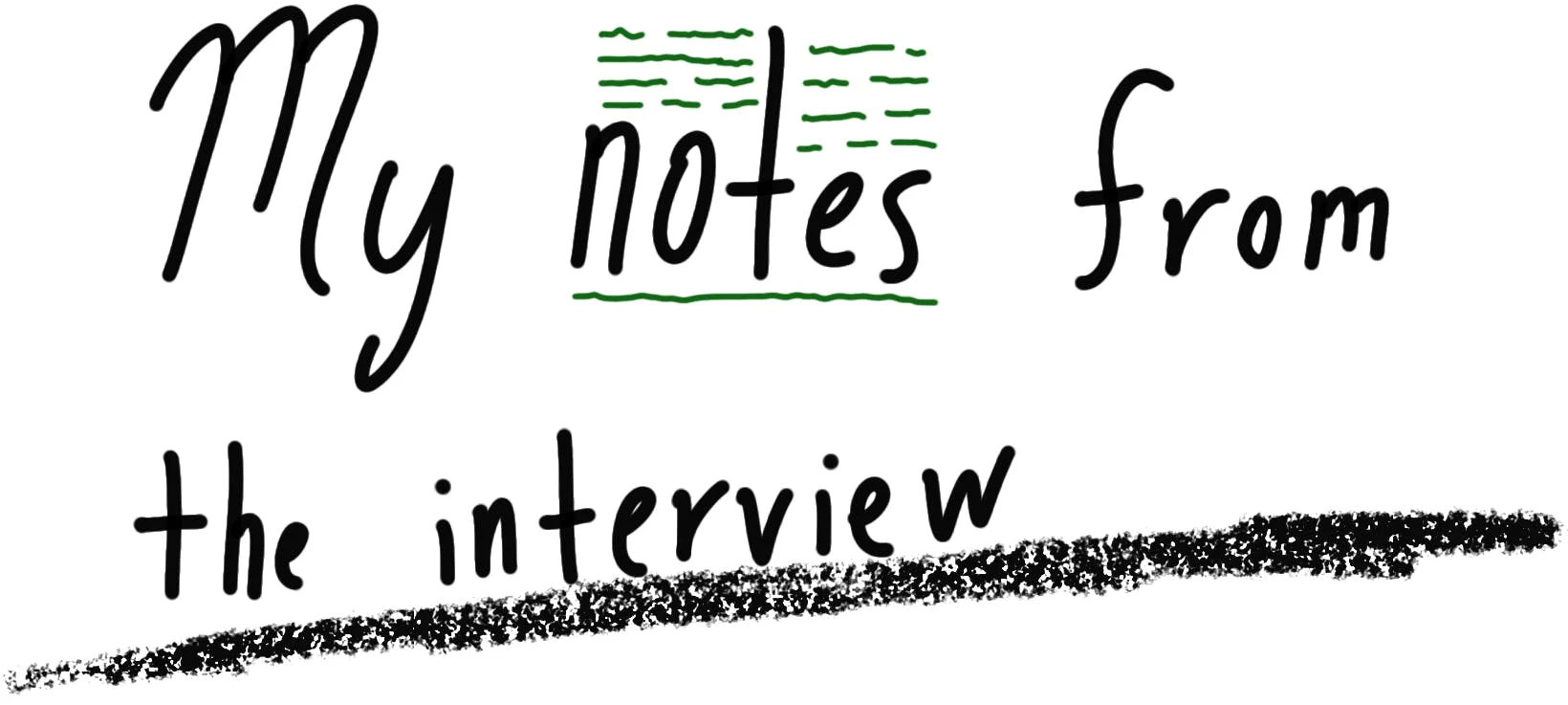
(00:00) Intro: Ryan ran a podcast growth agency and sold it a few weeks ago.
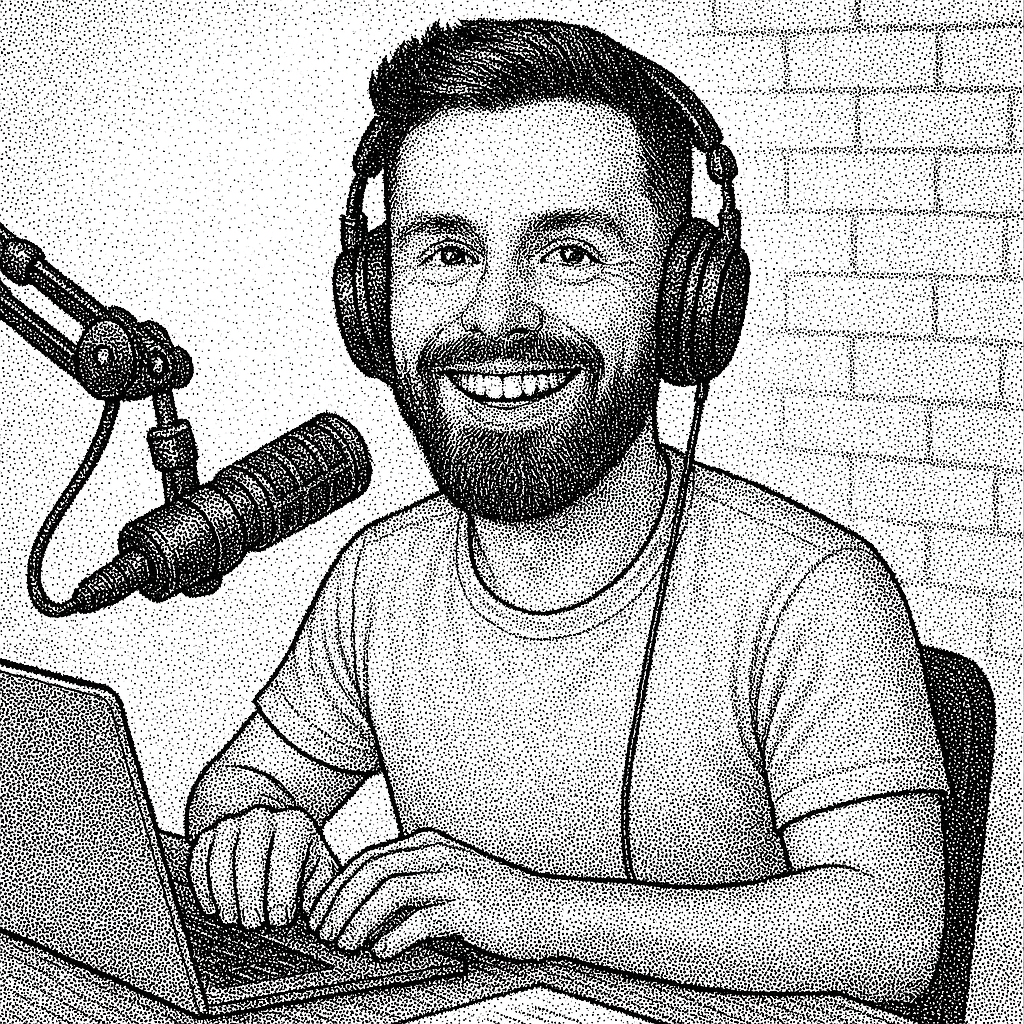
⬇
(0:50) “Some podcasts are not MEANT to be listened to”
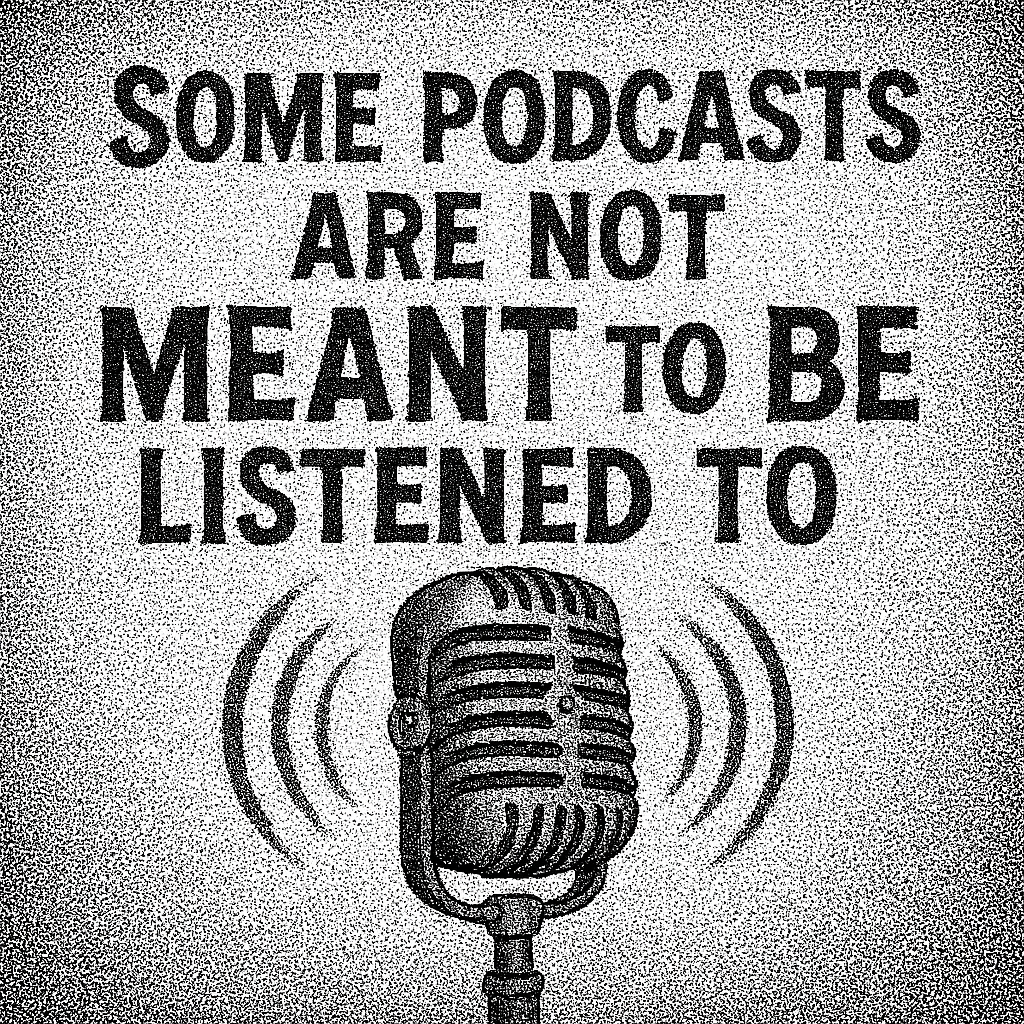
⬇
(1:24) Only three potential goals for a podcast:
1.) Meant for growth (what most people think they want).
2.) Conversion Focused (might be low views, but high revenue).
3.) Business Development (might not even track your views, you’re just trying to meet new people through the podcast).
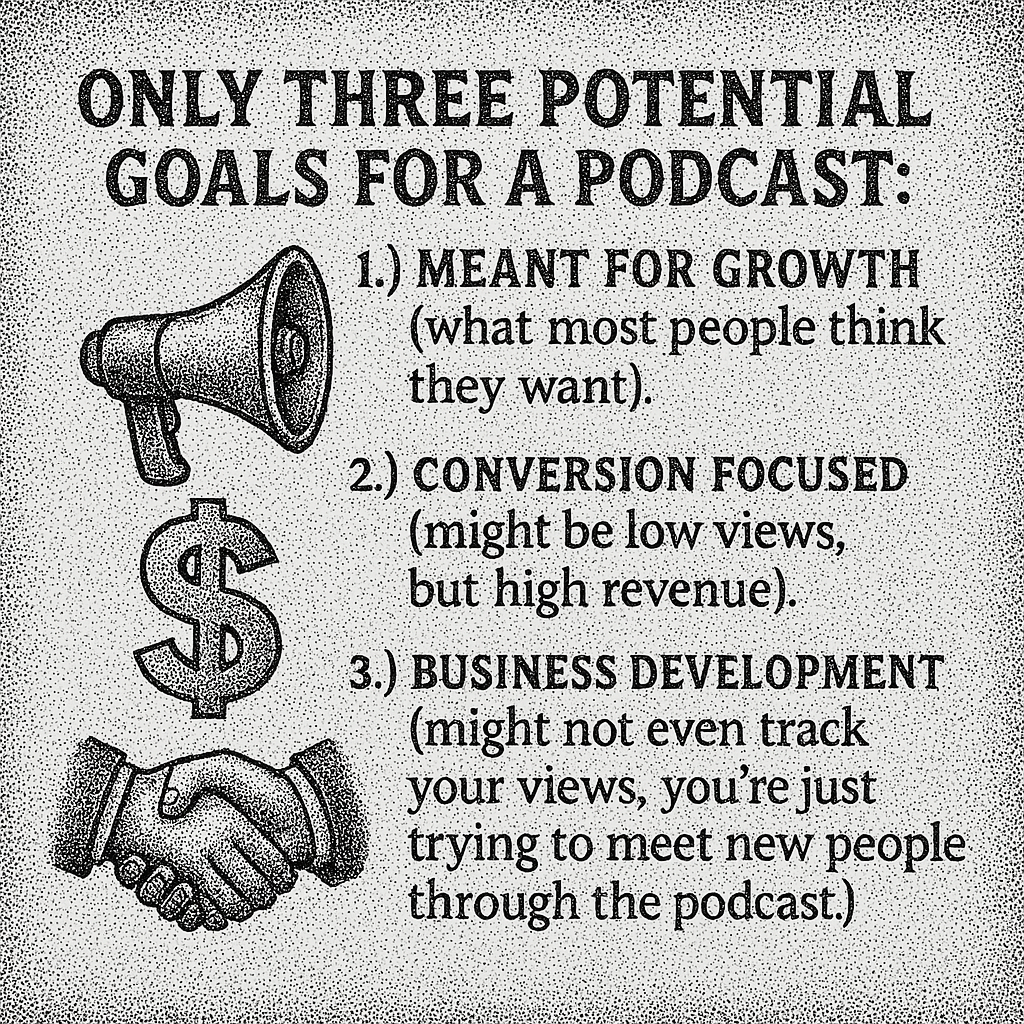
⬇
(4:24) Woman who runs a corporate wellness company started a podcast just to meet directors of big companies. Previously it was hard to speak to these people, but by interviewing them for a podcast it was easier. Of course views

⬇
(5:15) Ross Hudgens at Siege Media gets low views, but makes very specific content where $10,000,000/yr contracts come out of it.
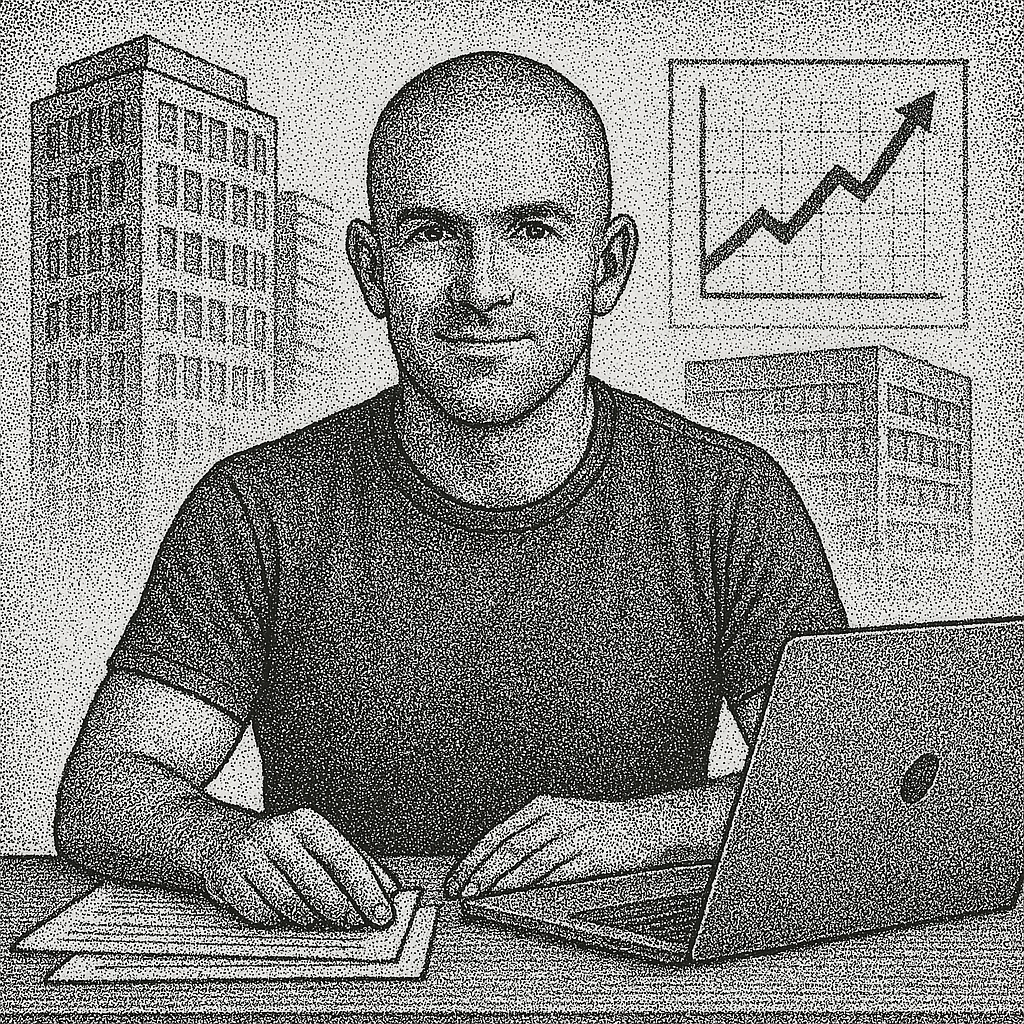
⬇
(5:57) Audio -vs- Video: I have an audio podcast, but there’s ZERO WAY TO GROW. All the growth happens through video platforms.
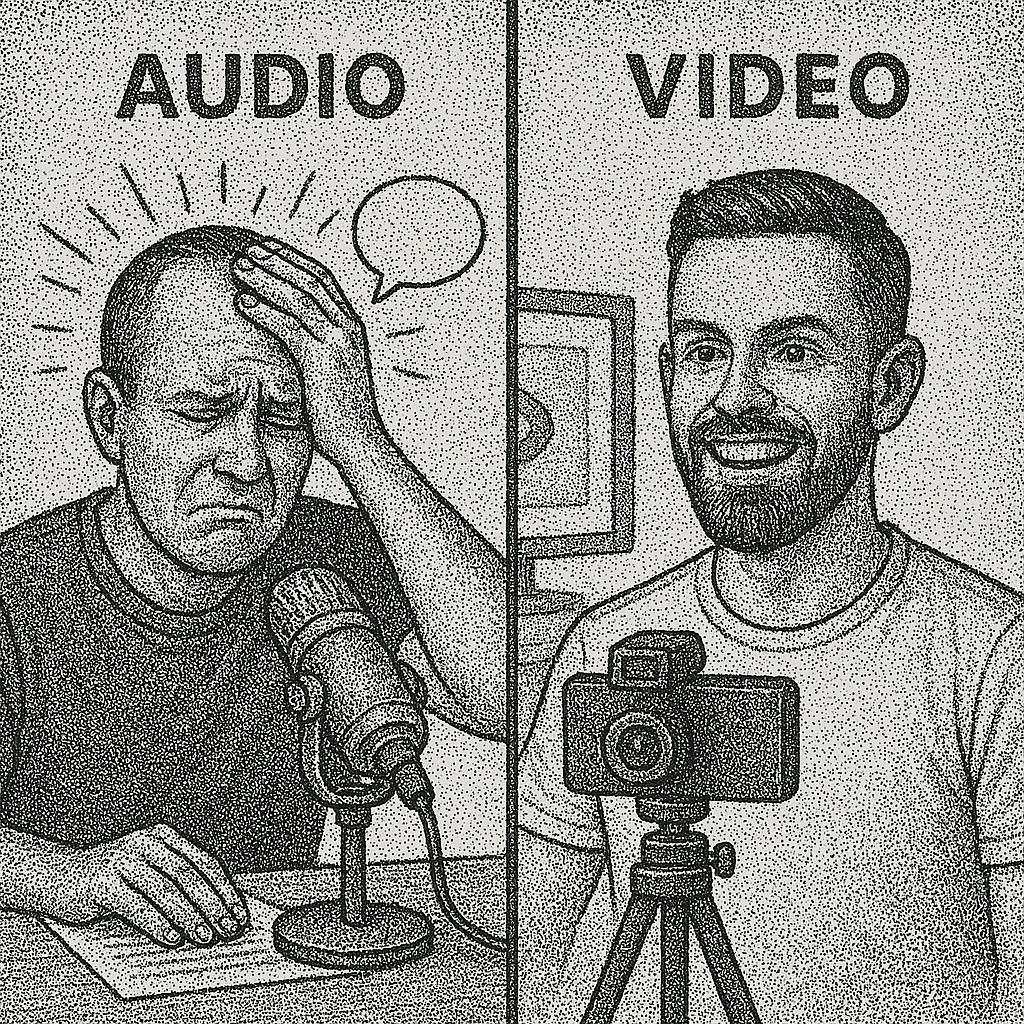
⬇
(6:36) My friend Noah Kagan gets millions of views on his videos, but maybe 5,000 listens to the audio-only podcast. Audio has no discoverability, but video has TONS of discoverability.
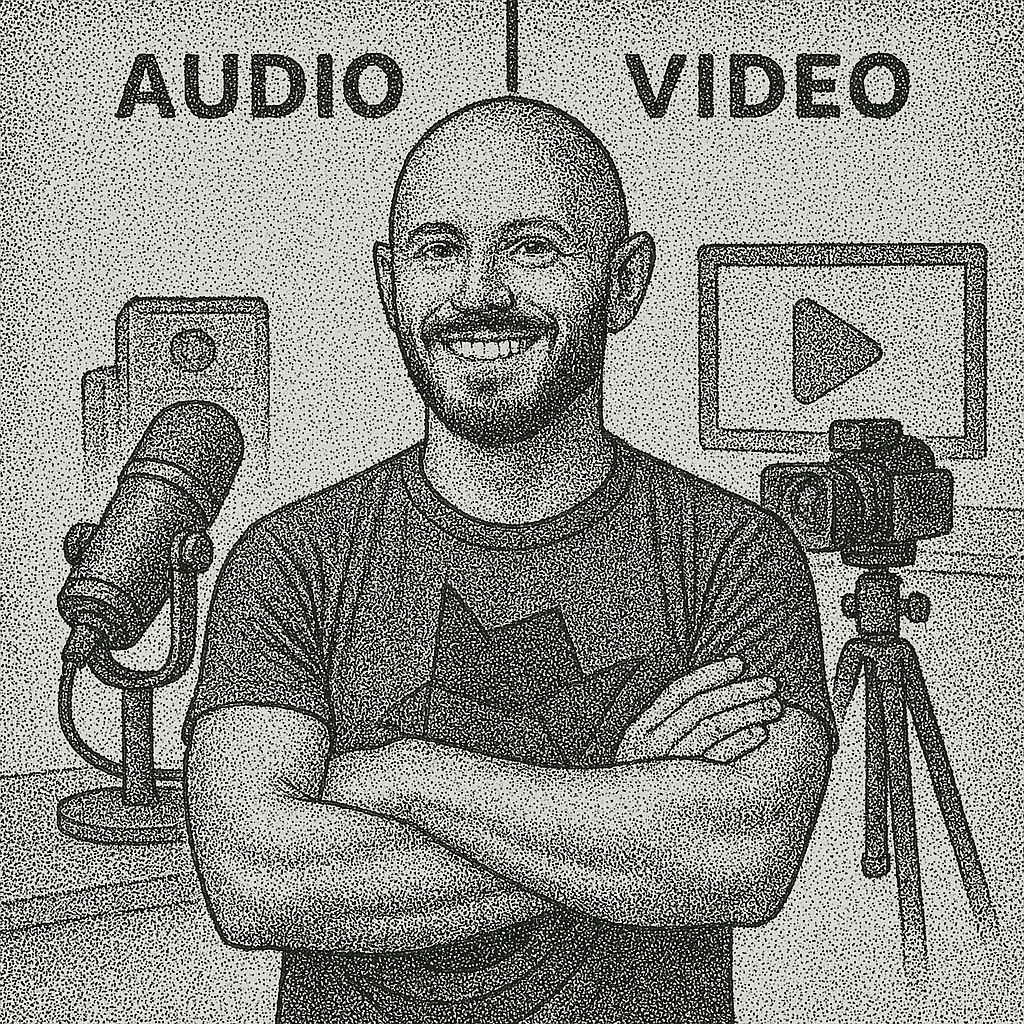
⬇
(7:25) The way Spotify and Apple work, you’re not trained to enter queries when you go there. Less people searching for stuff compared to YouTube or other social platforms.
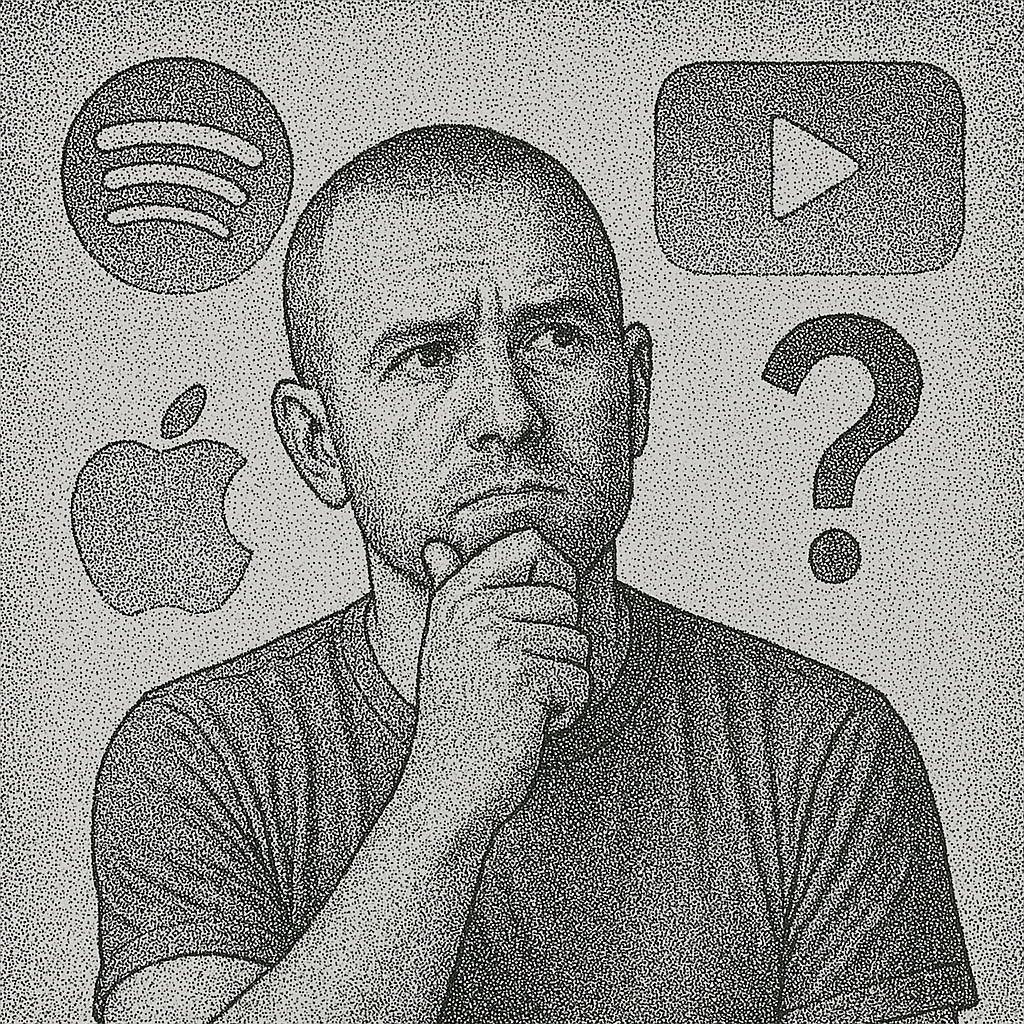
⬇
(8:14) Neville thinks a few things are around the corner that will explode podcasts even bigger: Transcriptions available everywhere, automatic voice dubbing into different languages.
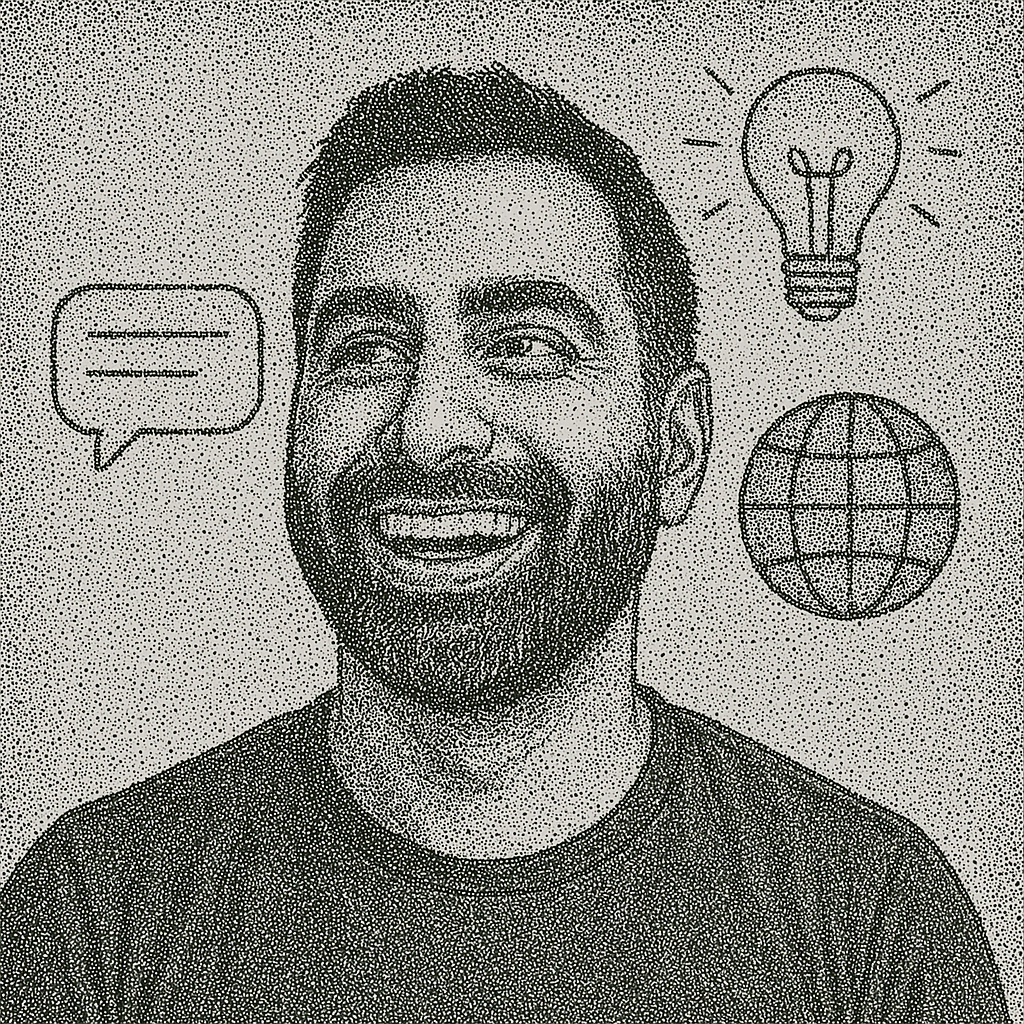
⬇
(10:30) If you’re gonna put time/effort into a podcast, do a video-first podcast then just put an audio version out…but go video first.
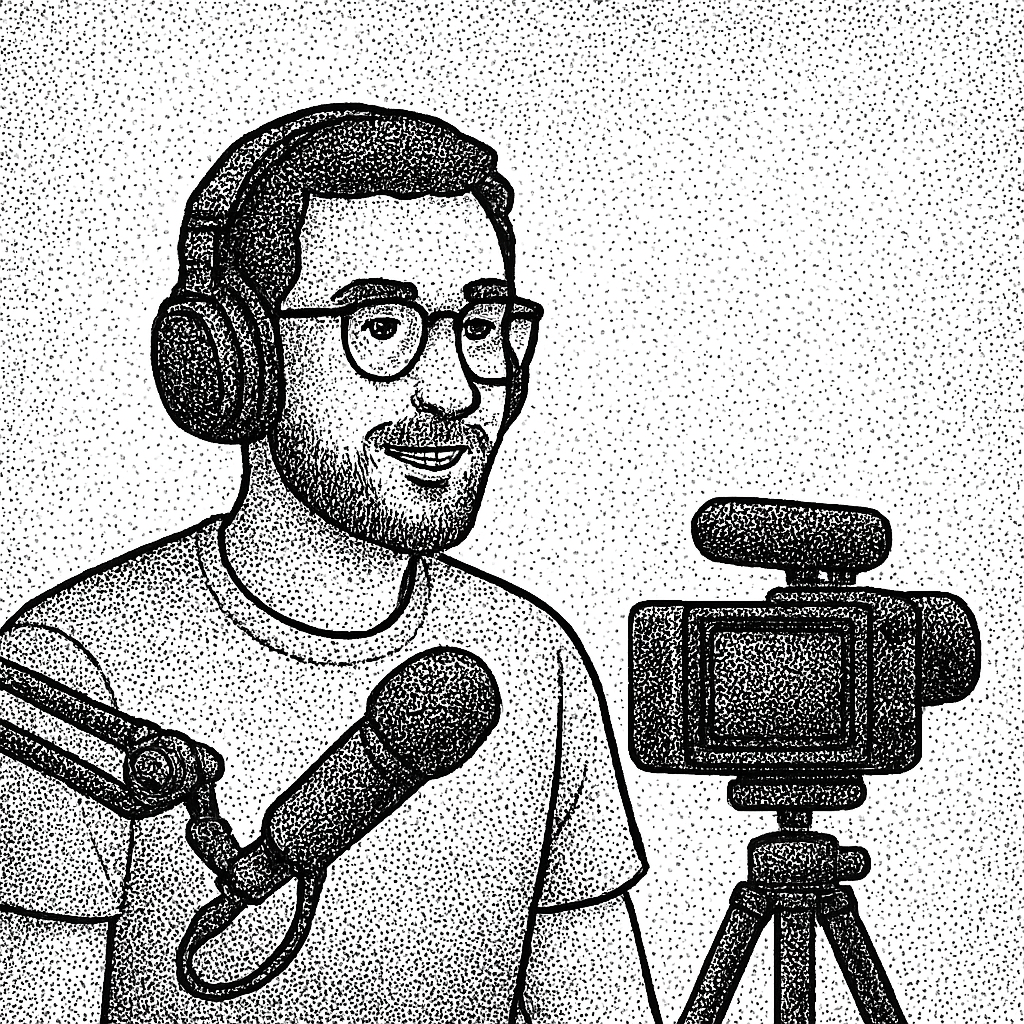
⬇
(11:25) The chances that you build a big audio-only podcast now is less than .001%.
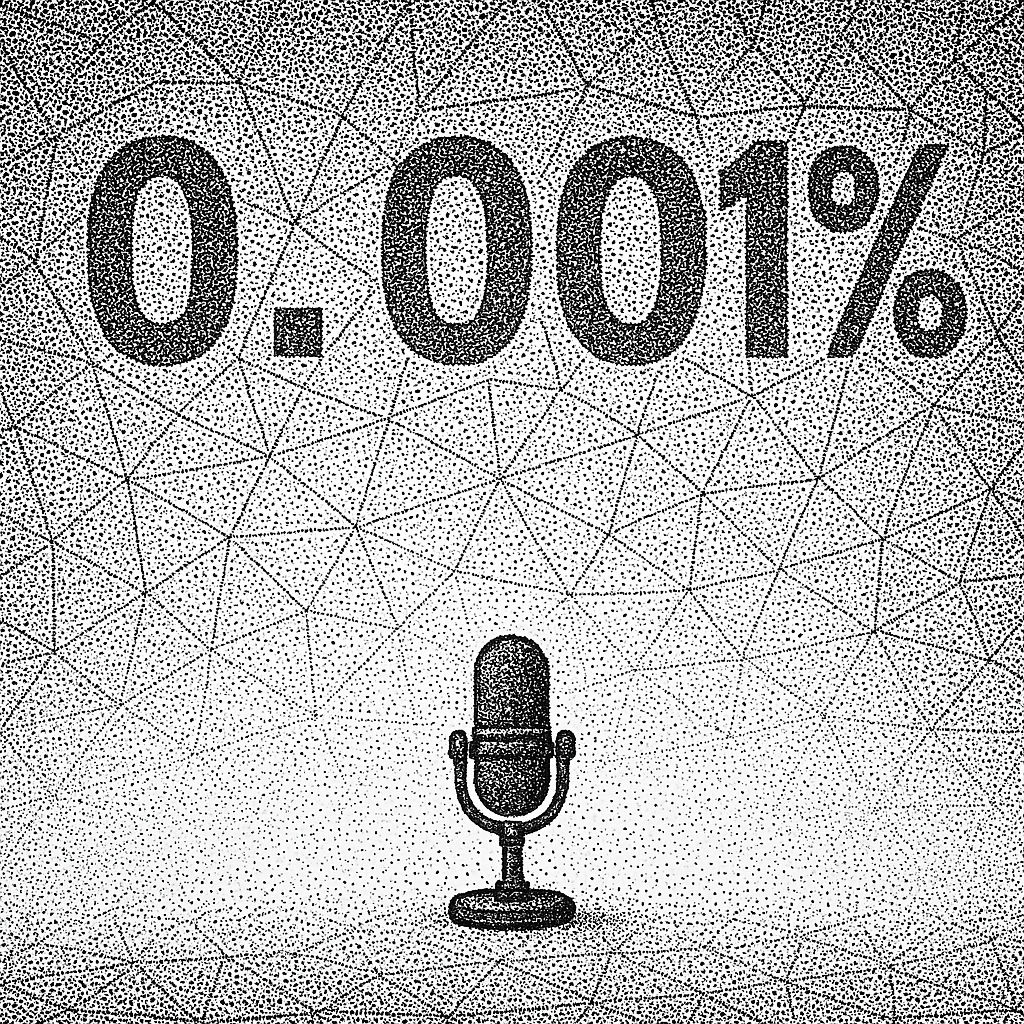
⬇
(11:35) Let’s say you’re a software company like Ahrefs or Kit, how do you track sales directly from the podcast? Audio makes it hard because they can’t click links they can in video.
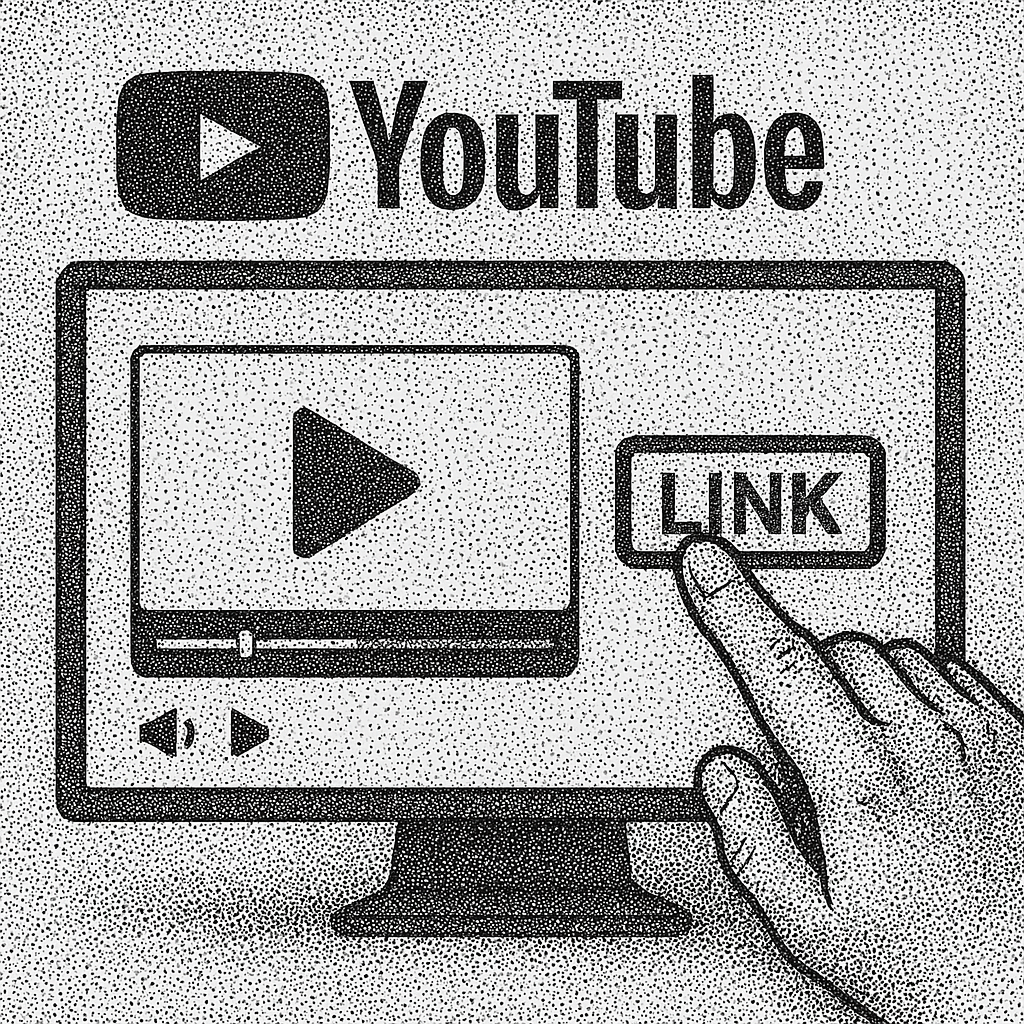
⬇
(13:00) “I don’t even like the term “podcast” anymore, I think it should just be called “content” now.” - Ryan Helms
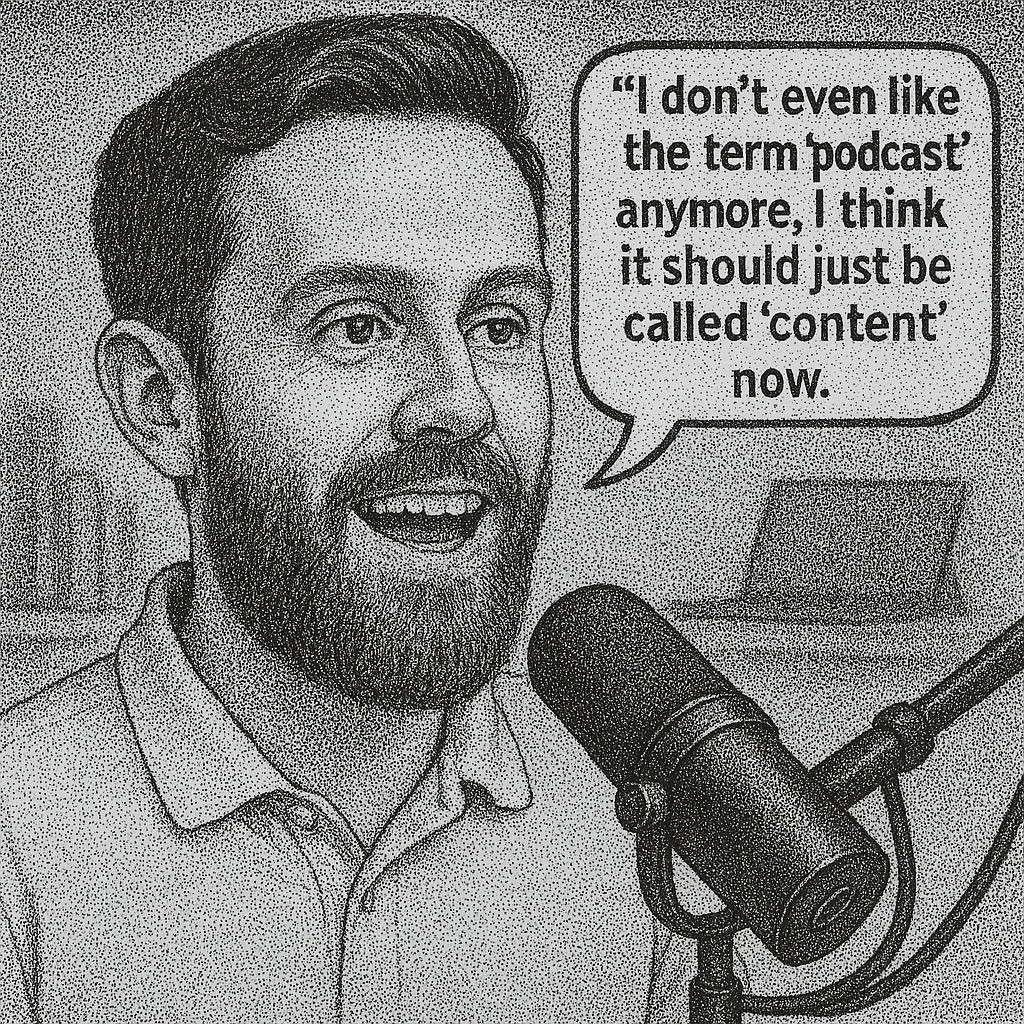
⬇
(13:40) We treat every podcast as a landing page for the product we’re trying to sell, and every landing page needs a button to take the next step.
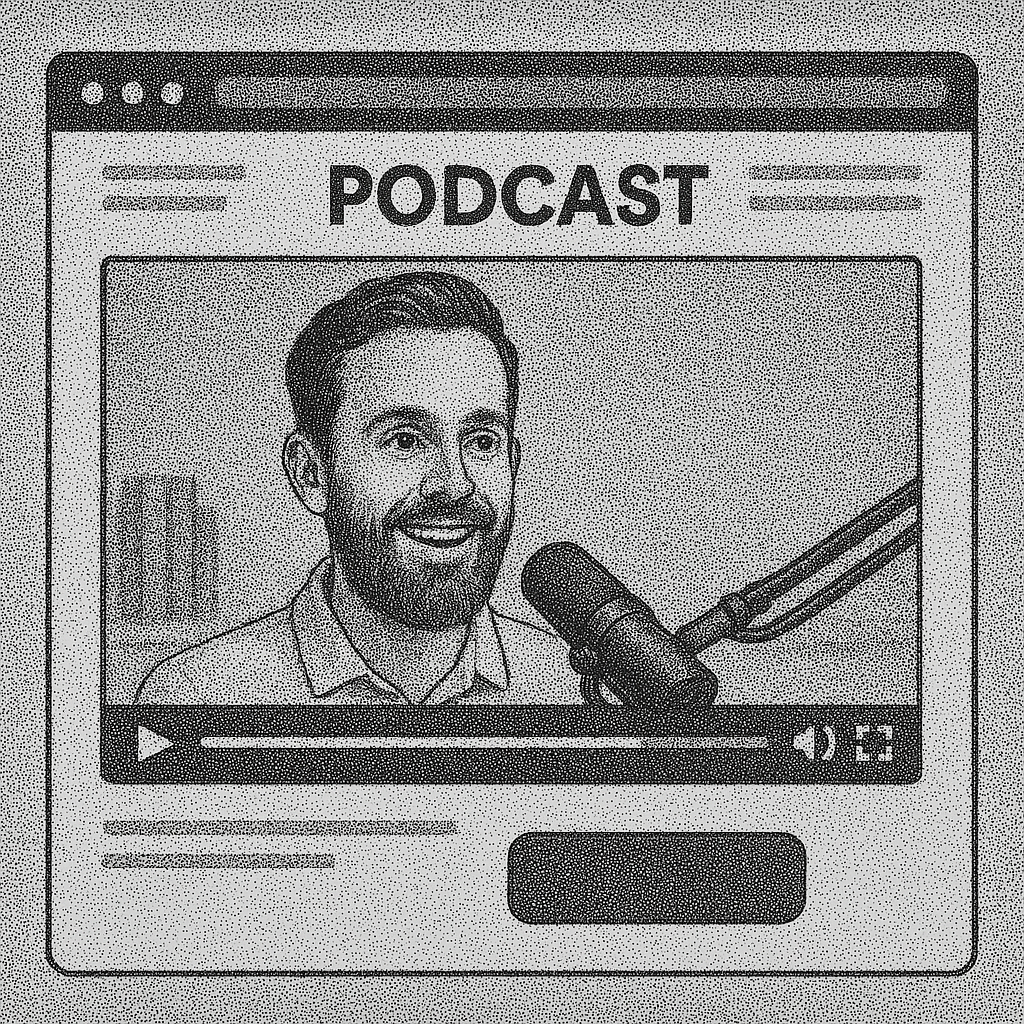
⬇
(14:20) Neville asked Ryan for advice, and he said roughly: 50% interviews, 25% talking head content, 25% reaction videos. The thought behind that is a lot of top YouTubers are doing it, so try to copy SOME of those growth trends if you’re trying to grow your audience, even if you hate it.
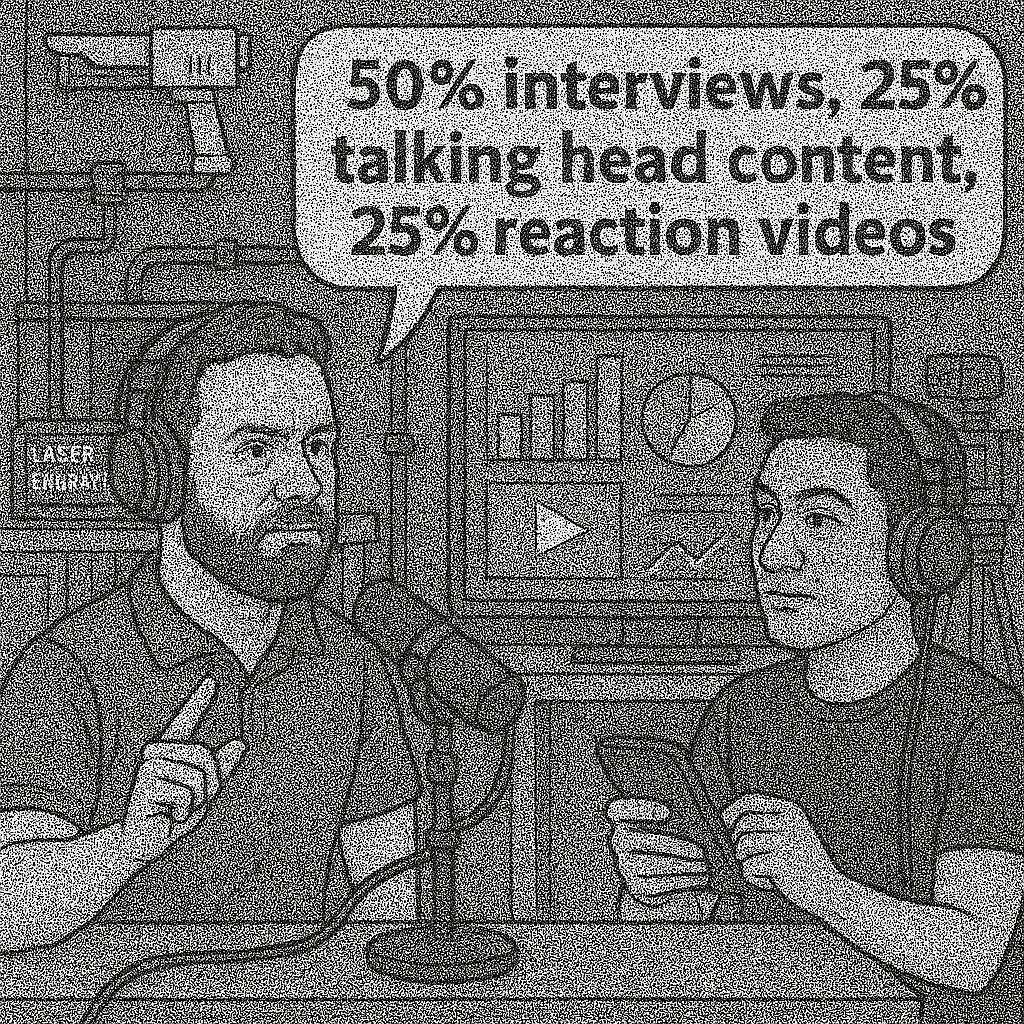
⬇
(16:05) Noah Kagan wanted to grow his channel to 1,000,000 subs and did it…but he hated doing some of the growth videos, but did it in order to hit the goal. His favorite videos weren’t good, but the growth videos were very catchy and watchable.

⬇
(18:40) When Ryan starts doing content for his new business, it will only be talking head content and content on LinkedIn.

⬇
(19:15) On the Friday SWIPES Email I killed the audio version, because the same 400 to 1,000 people would listen, but 98% of people wouldn’t listen to it. Also when I read the March 5th SWIPES Email, 3 months later it feels like outdated news. I only want to record more timeless content.
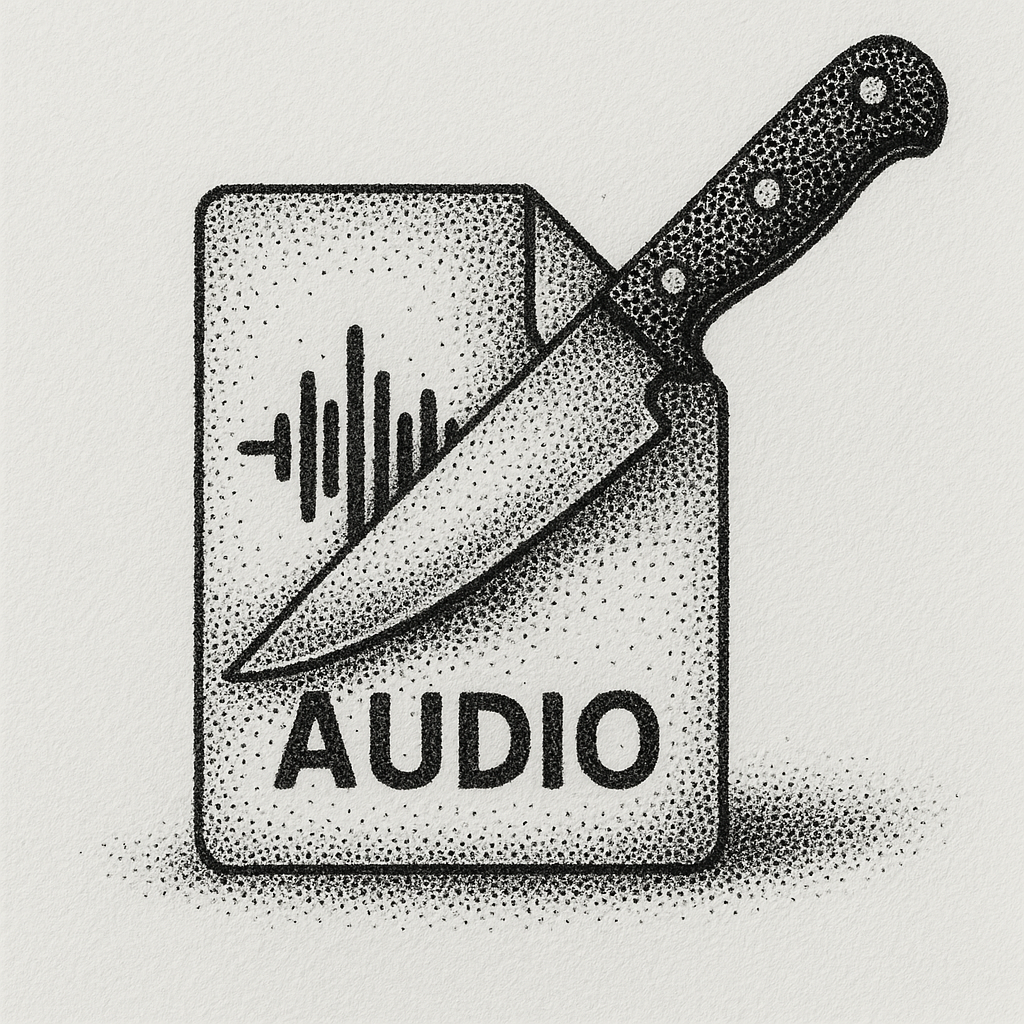
⬇
(22:00) How do you find the RIGHT views, not just the MOST views? This guy making videos about anxiety found that if he talked about a specific subject he got TONS of views….but literally all the people coming from that topic were the wrong clients. He realized quickly audience growth was different than business growth.
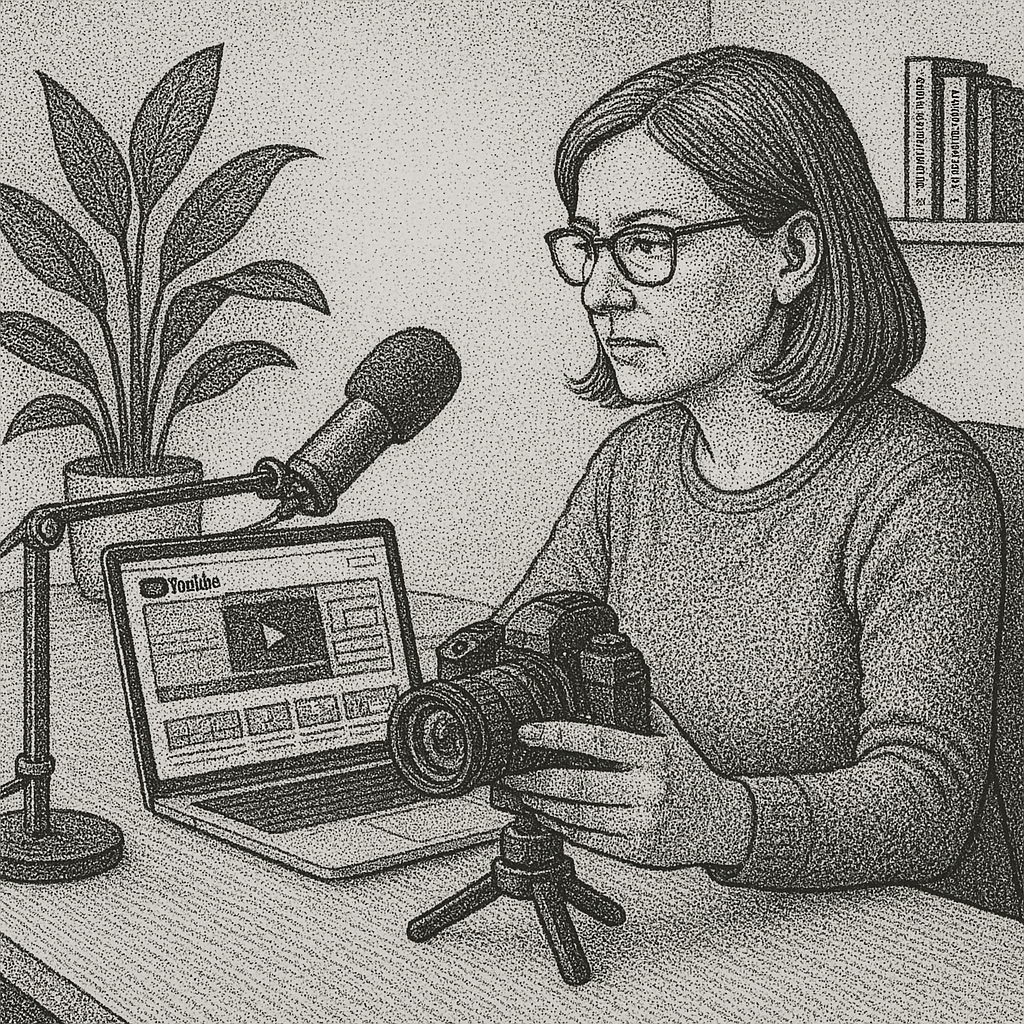
⬇
(24:48) We used to do 450,000/mo in organic SEO traffic on Copywriting Course through all these calculators and generators we made, but found it attracted such low quality traffic it almost didn’t matter. Only relevant articles that got much less traffic mattered and brought in all the business.
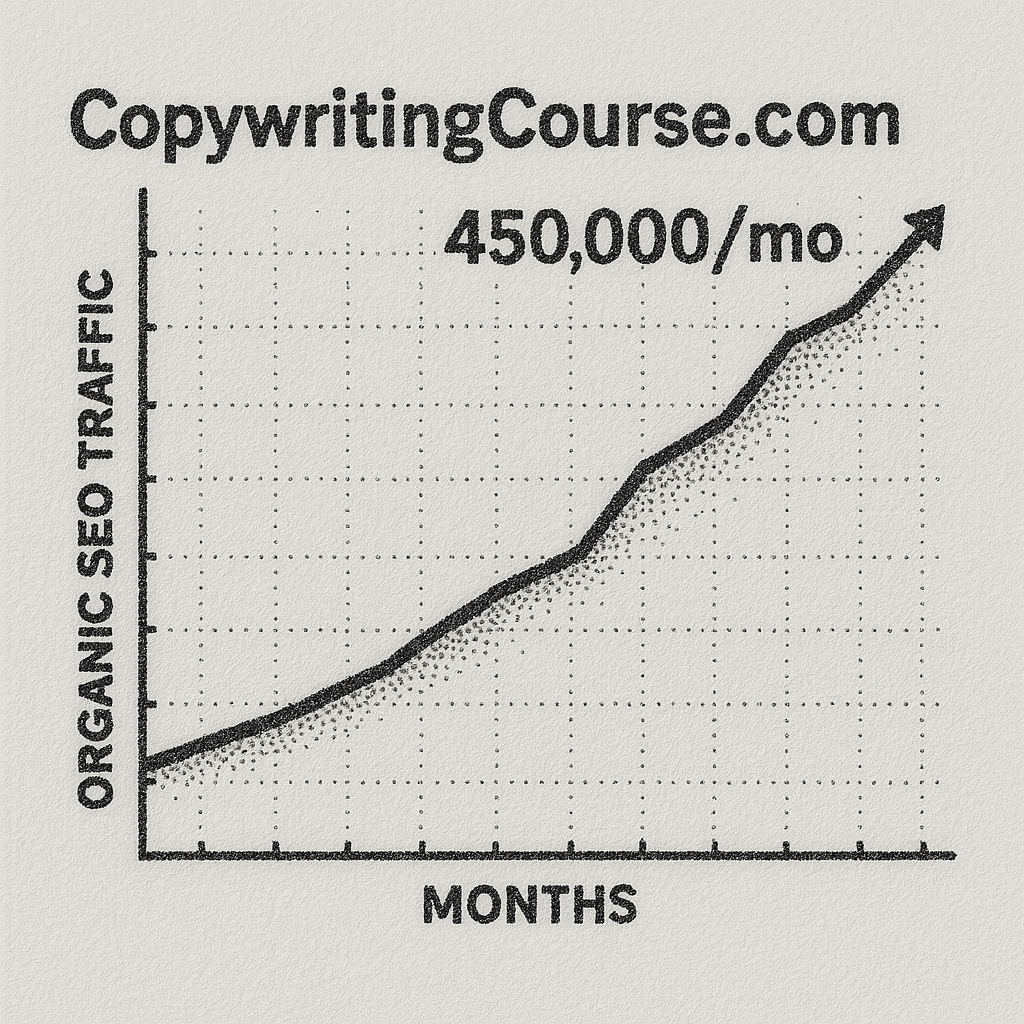
⬇
(26:45) This older guy Bill started posting very low quality production cell phone videos on TikTok, and booked 500+ sales calls from it, even though he’s not the typical creator you’d say there. His videos would get 5k+ views, not TONS, but would hit the absolute right people for a $20k to $80k branding package.
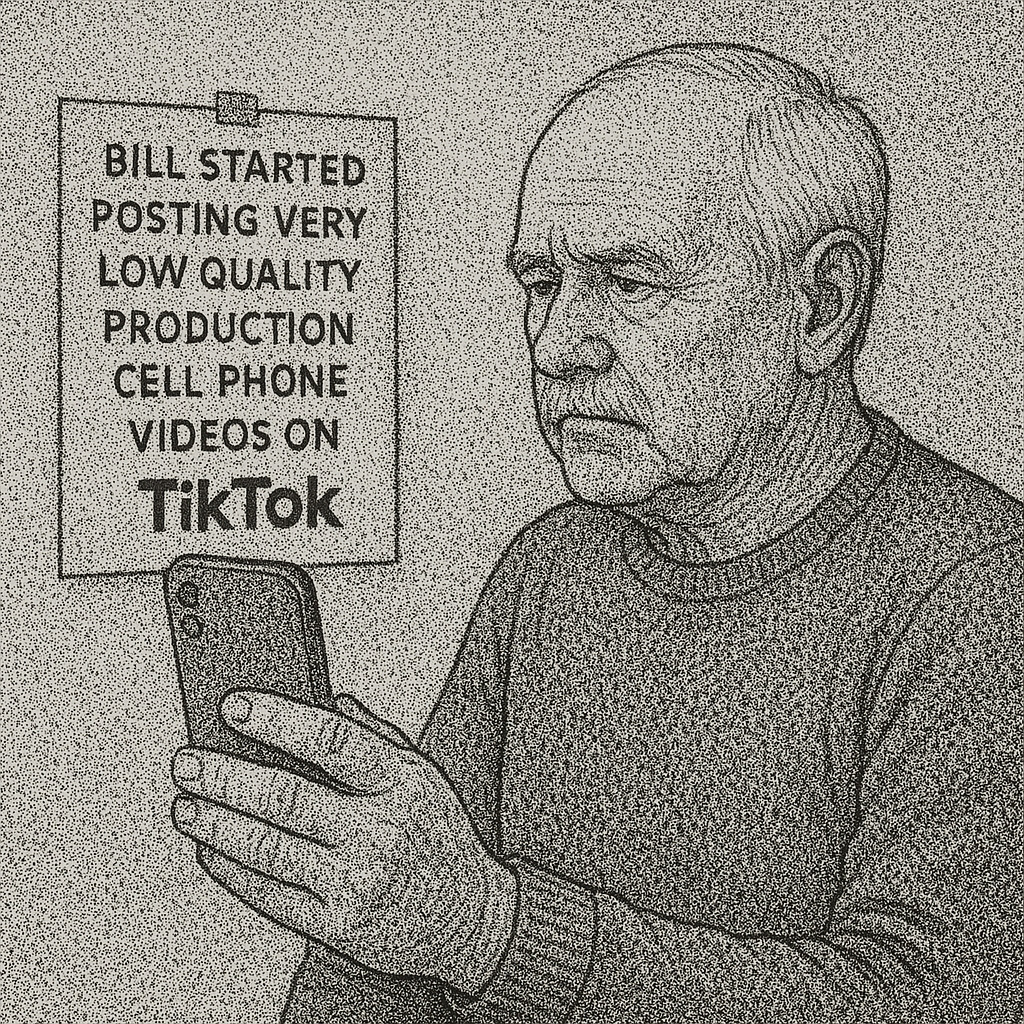
⬇
(28:54) If you customize content for a specific platform it’s best, but honestly it’s hard to do this across all platforms and stay sane. Ryan says you should have a “Focus Platform” you create for, and then cross-post to others you don’t care about as much.

⬇
(30:13) Subscribe to our Copywriting Course channel, it’s what keeps us putting stuff out for free.
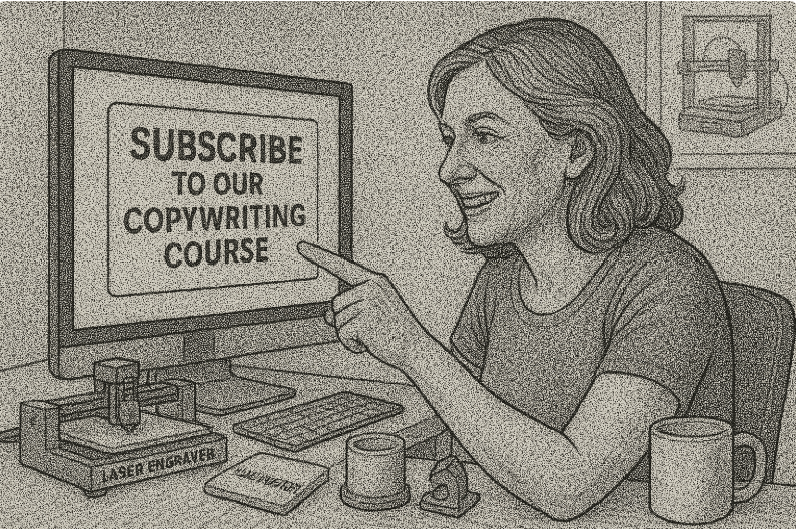
⬇
(31:12) Monetization. Subscriptions are the hardest way because you need a really big show. $25 per 1,000 listens is standard, so you have to have crazy big numbers for this to make sense. However if you’re a small niche, you can get better sponsors saying “How much would you pay to get in front of 5,000 people at a tradeshow?”
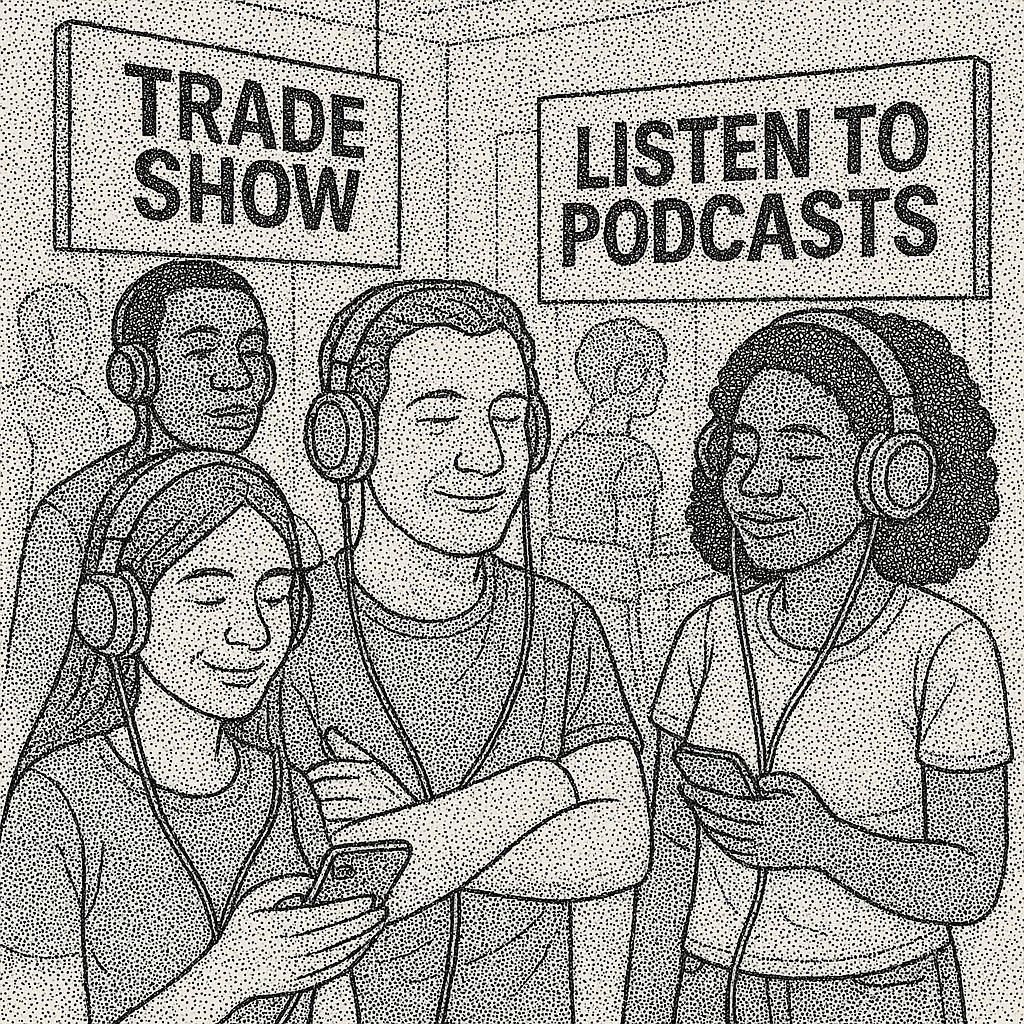
⬇
(33:30) I’m jealous when I see people in low-volume but high profit industries, because I think I could do really well in one of them. You don’t have a high bar to live up to.
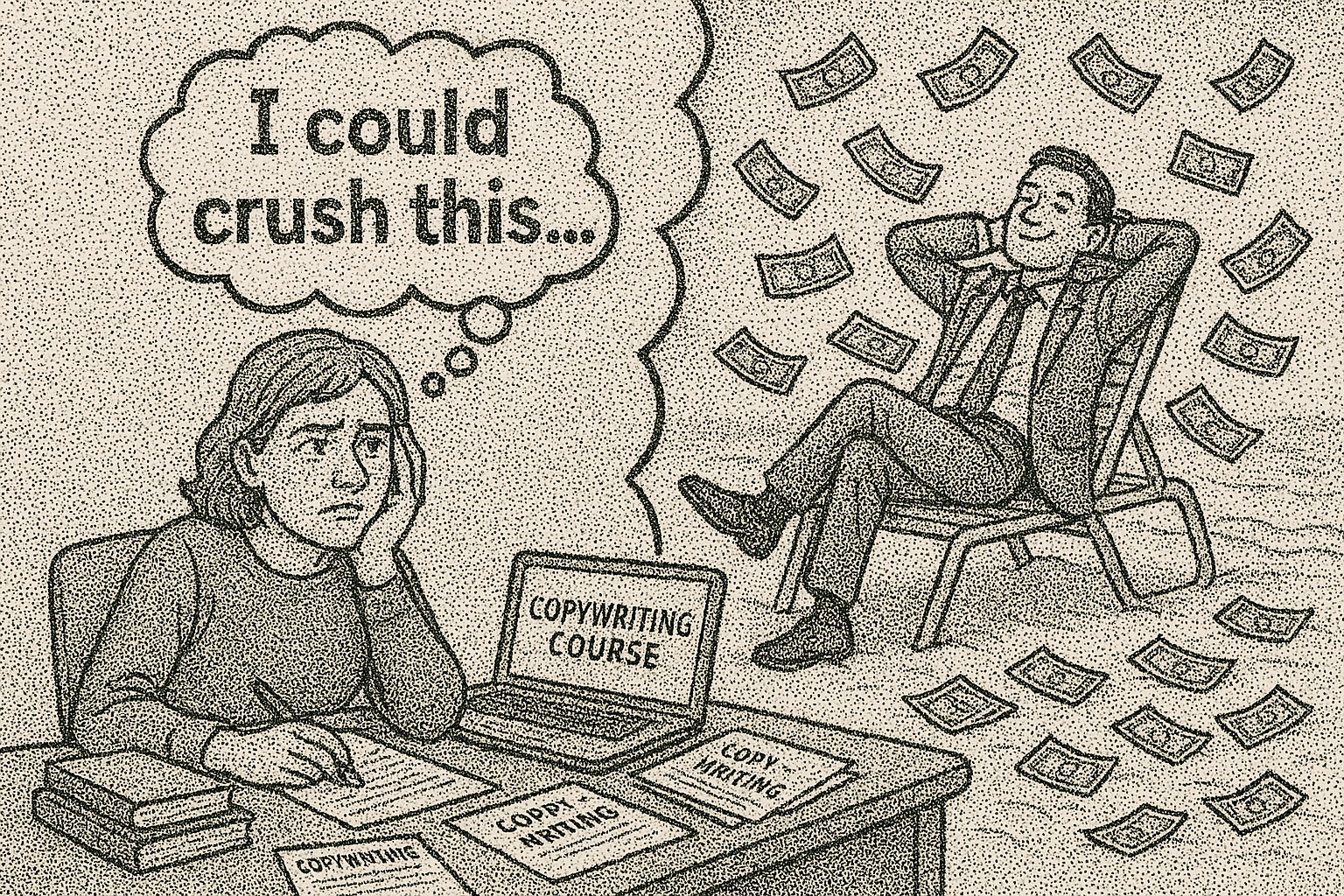
⬇
(34:22) I went to a newsletter conference hosted by Matt McGarry, and met a guy who ran a defense newsletter. Only a few thousand people in the world control billions of spending.
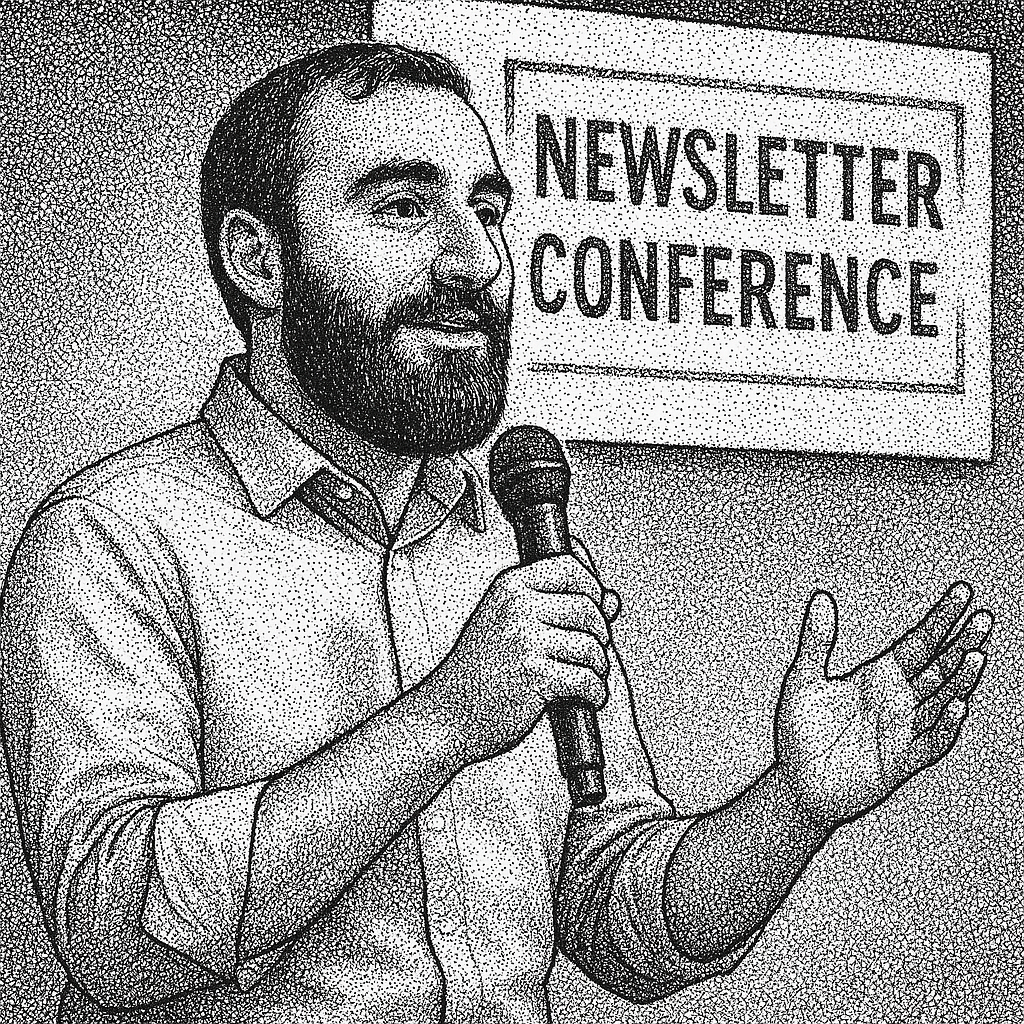
⬇
(37:30) Sometimes just doing consulting the old-fashioned not-scalable way is best. Much higher price and 1-on-1 attention.

⬇
(38:55) If you put out free content, people might follow along for 10+ years before buying something.
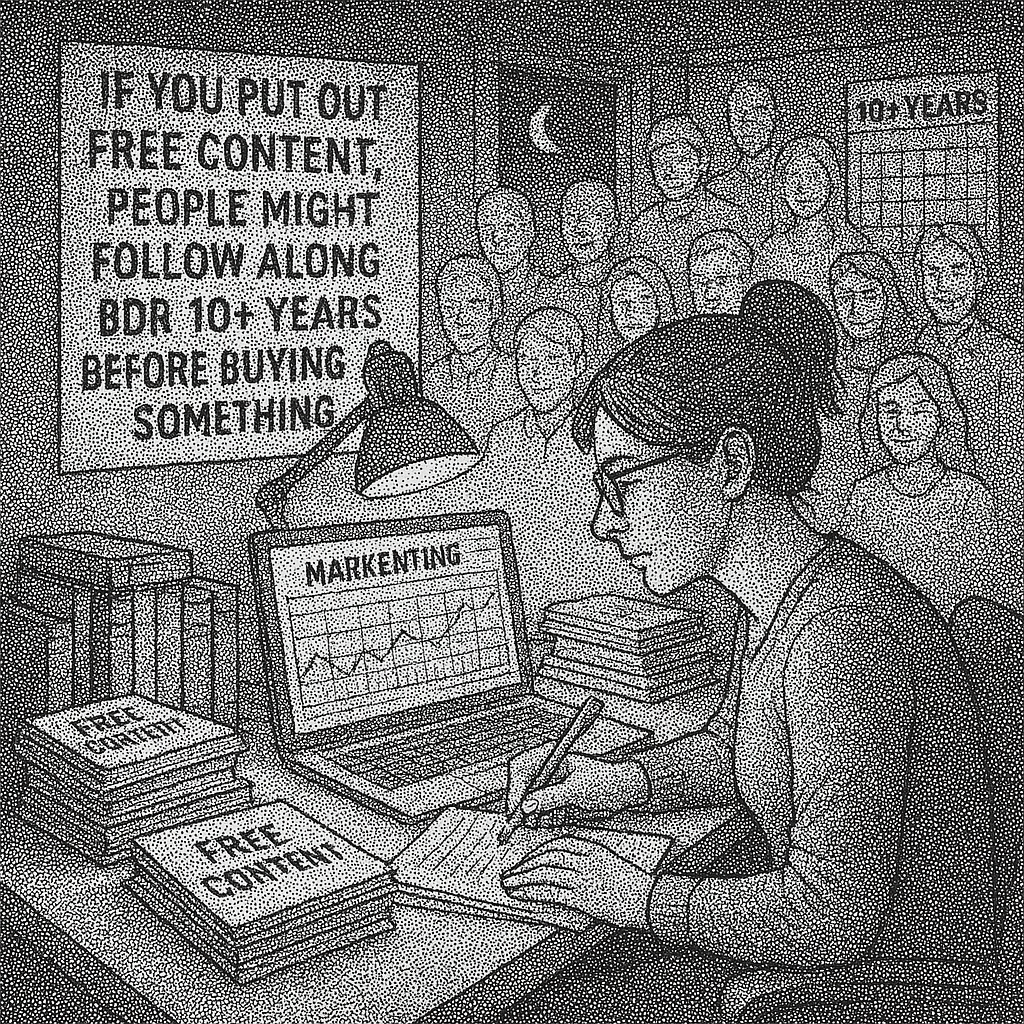
⬇
(41:45) Naming a podcast…sometimes the LESS CREATIVE you make it, the easier it is. It’s just clear and easy to understand.
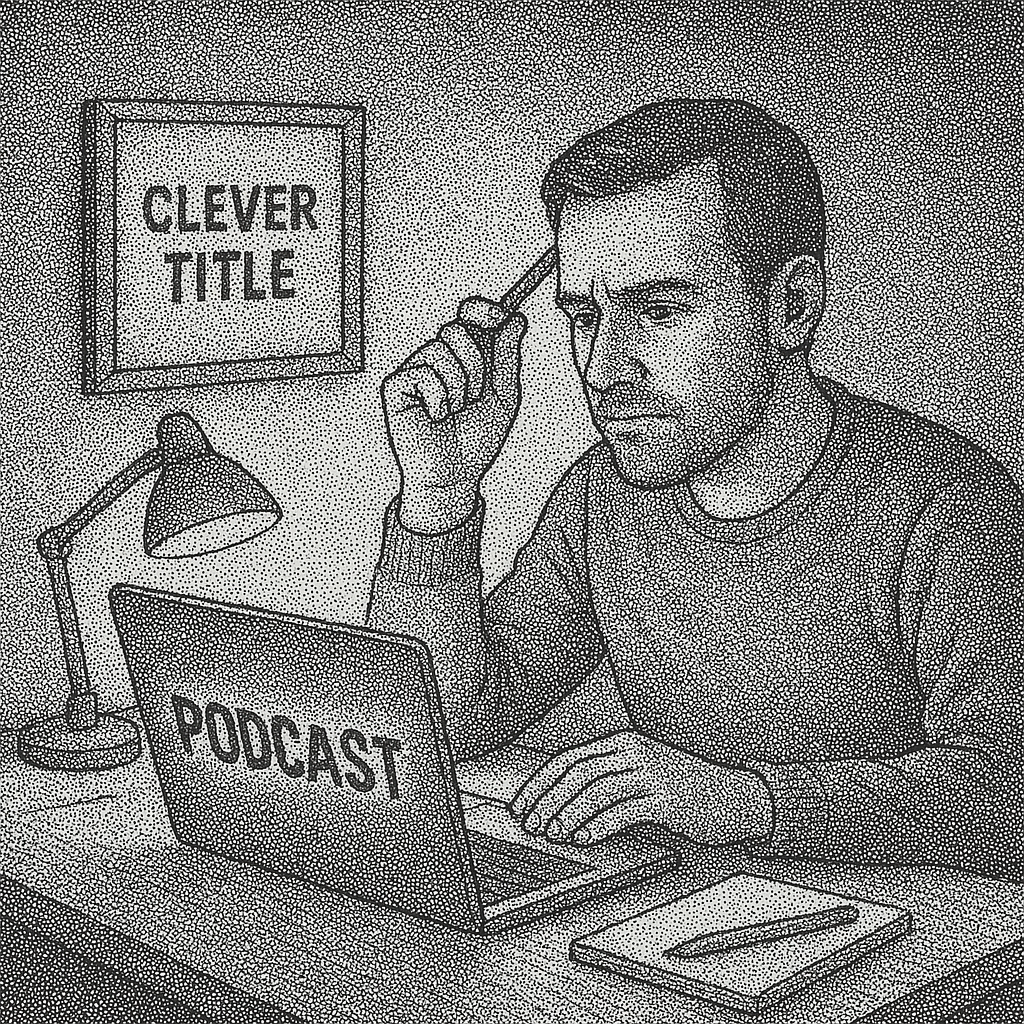
⬇
(43:00) Finding a good name seems like it has no answer. There’s many examples of your name + podcast is fine, or a more clever name…it just depends.
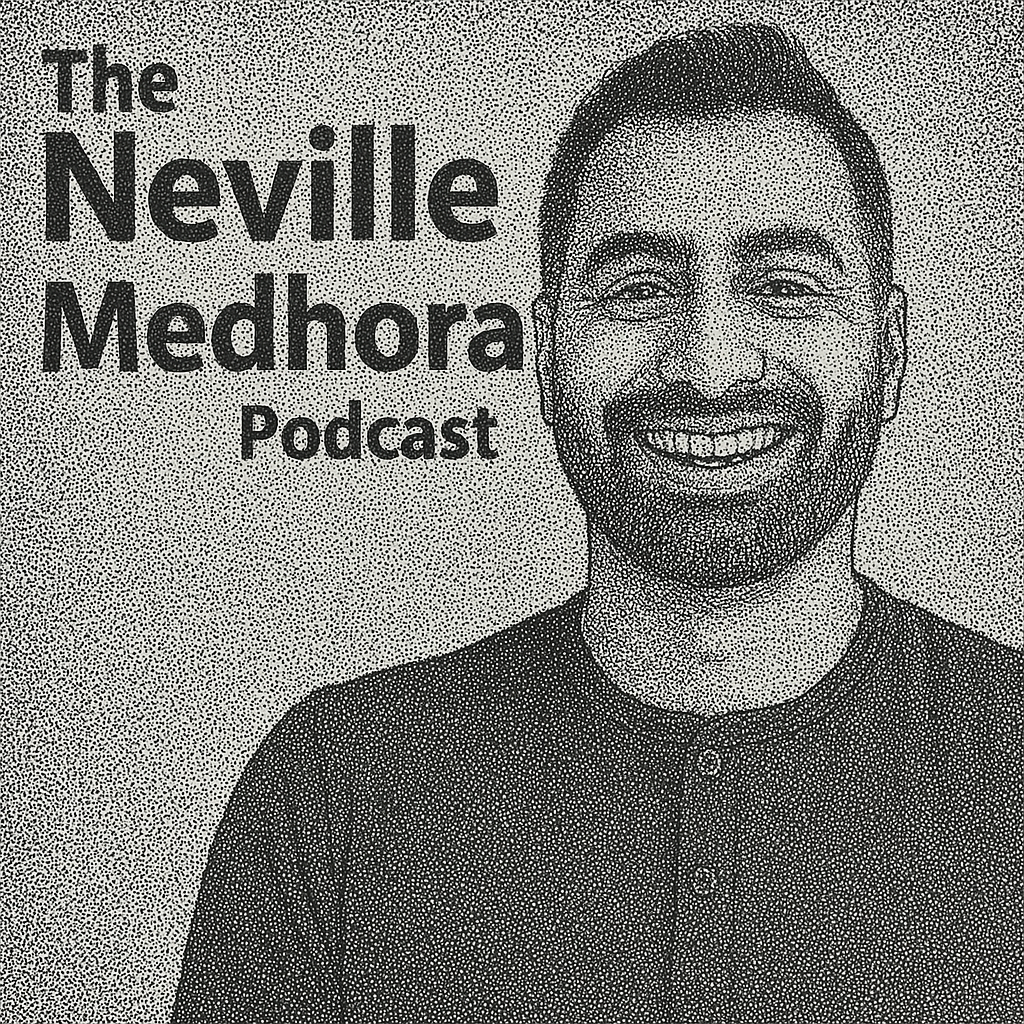
⬇
(43:35) “I don’t think everyone should be making content. Some people just don’t have it, or want to create content.” - Ryan Helms
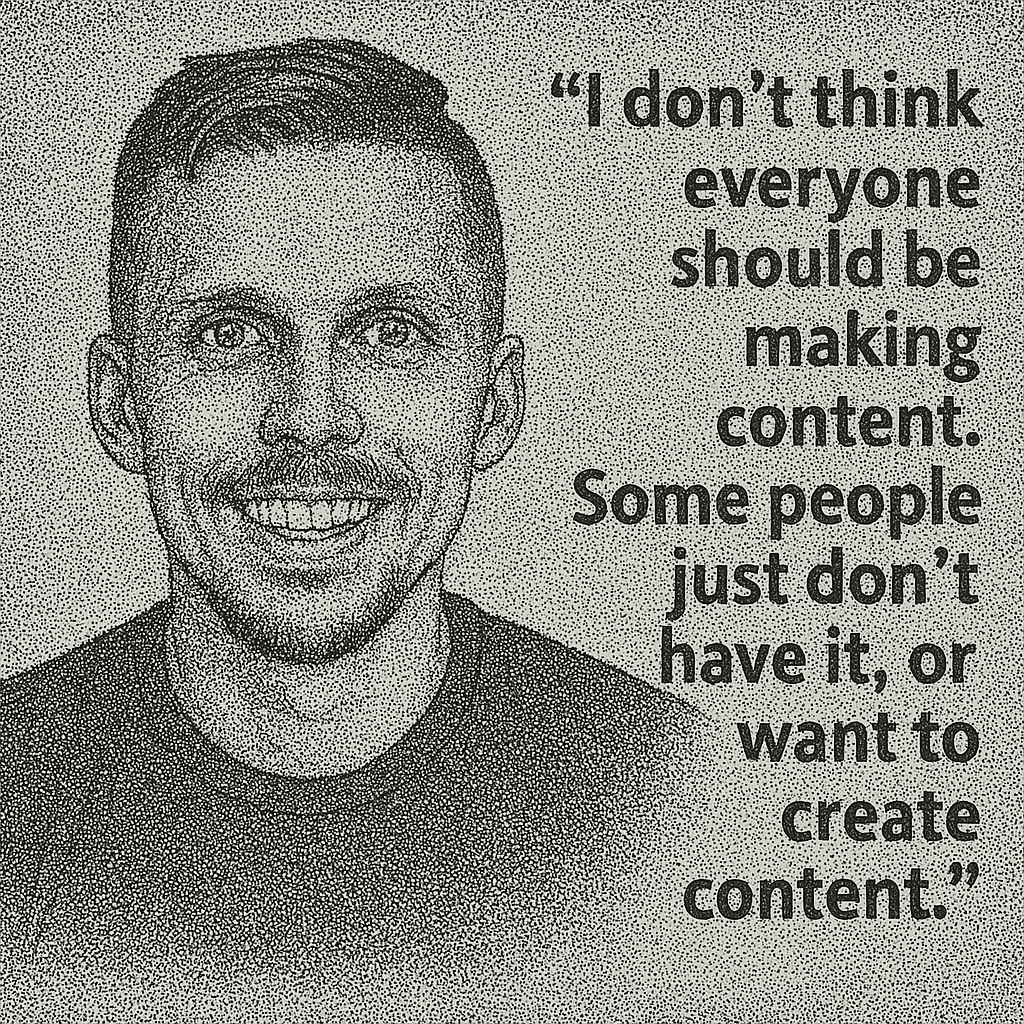
⬇
(44:28) Tim Soulo of Ahrefs started a podcast for the company, so should it ALL be about SEO or get off topic a little? Many people tune into a podcast because of an affinity for the host.
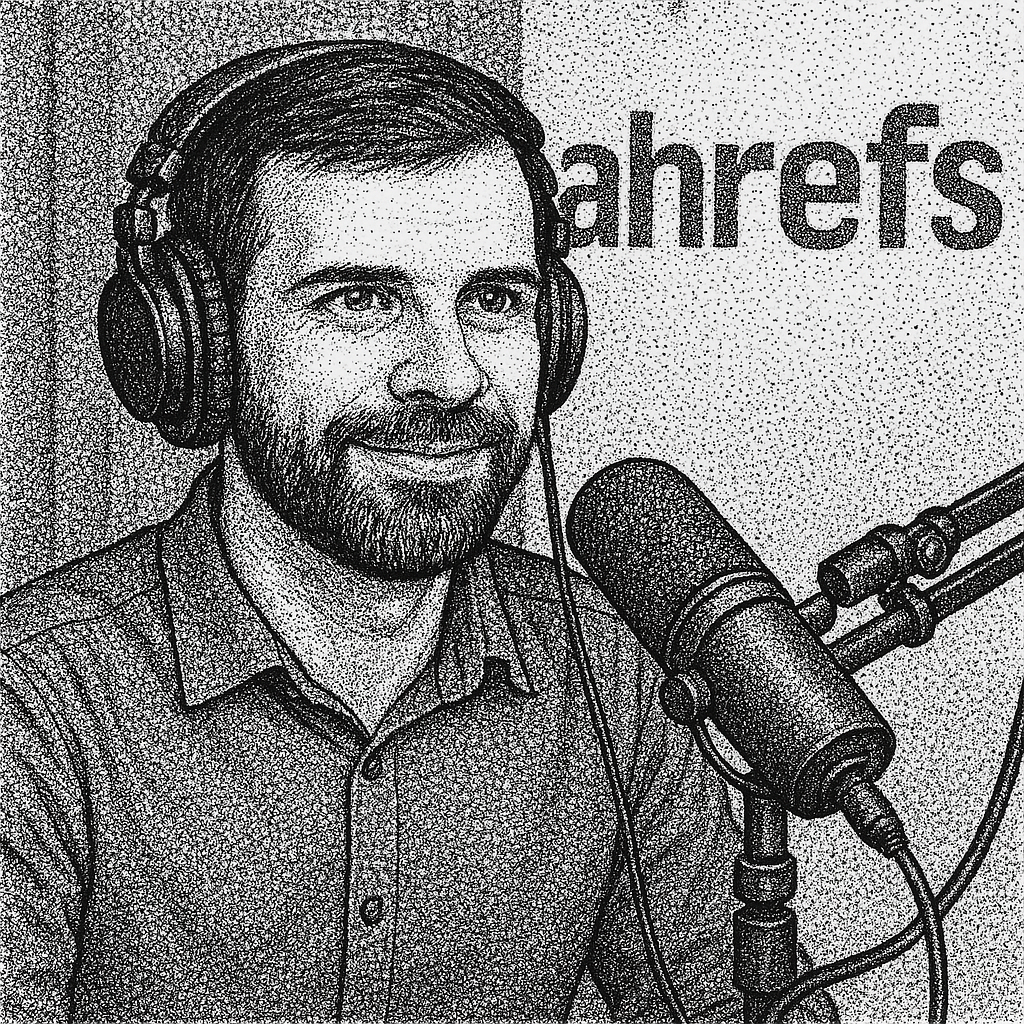
⬇
(47:00) I had a talk with an SEO guy who wanted me to write an article called “How to become a copywriter” and I said “most people SHOULDN’T become professional copywriters.” He told me, “well you should share that unique opinion.” So we made the article.
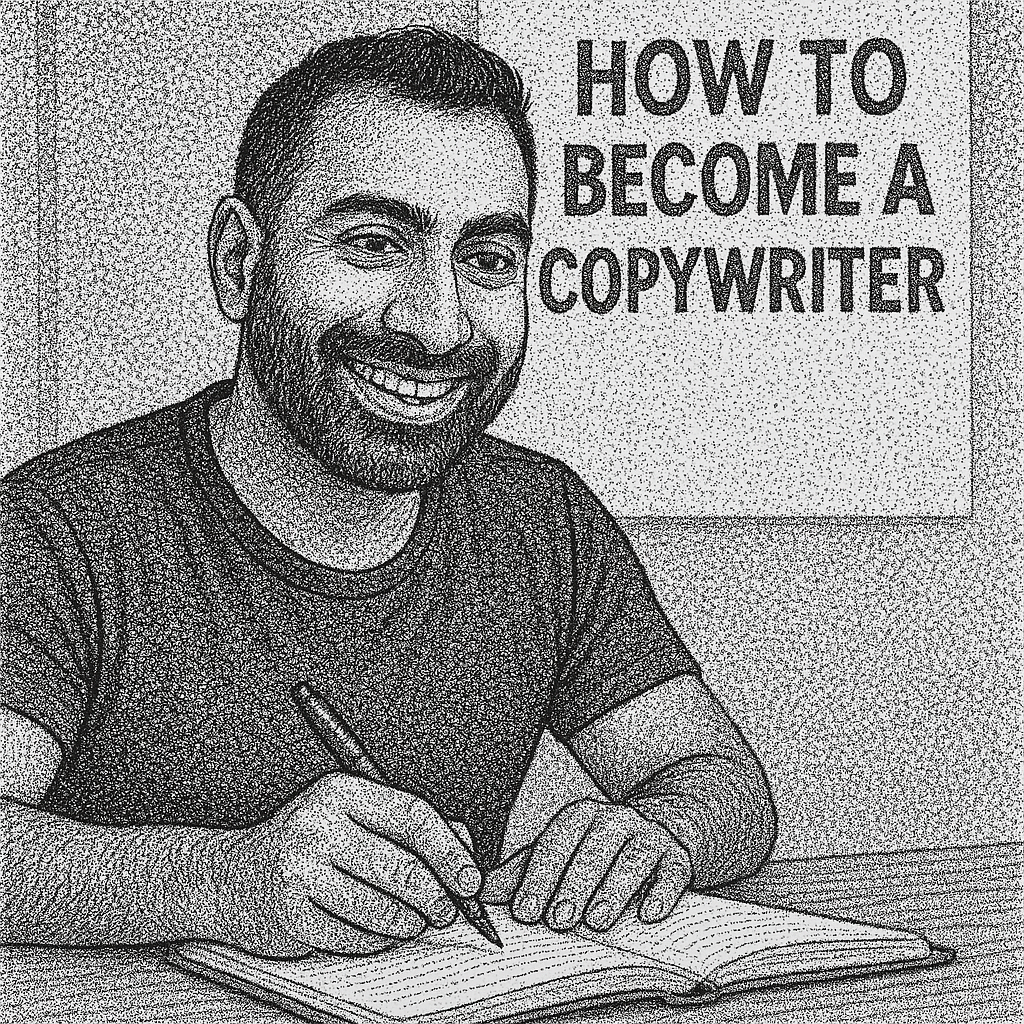
⬇
(48:50) Short clips have boomed since 2022. Clips are great for discoverability, but the goal is to have longform watching/listening. Short form gets 75% more new users to your channel, Long form gets 75% more RETURNING users which is very valuable.

⬇
(51:30) Comedians that have podcasts also tour the world, and see thousands of people IN PERSON per week, creating an even stronger connection with their audience.
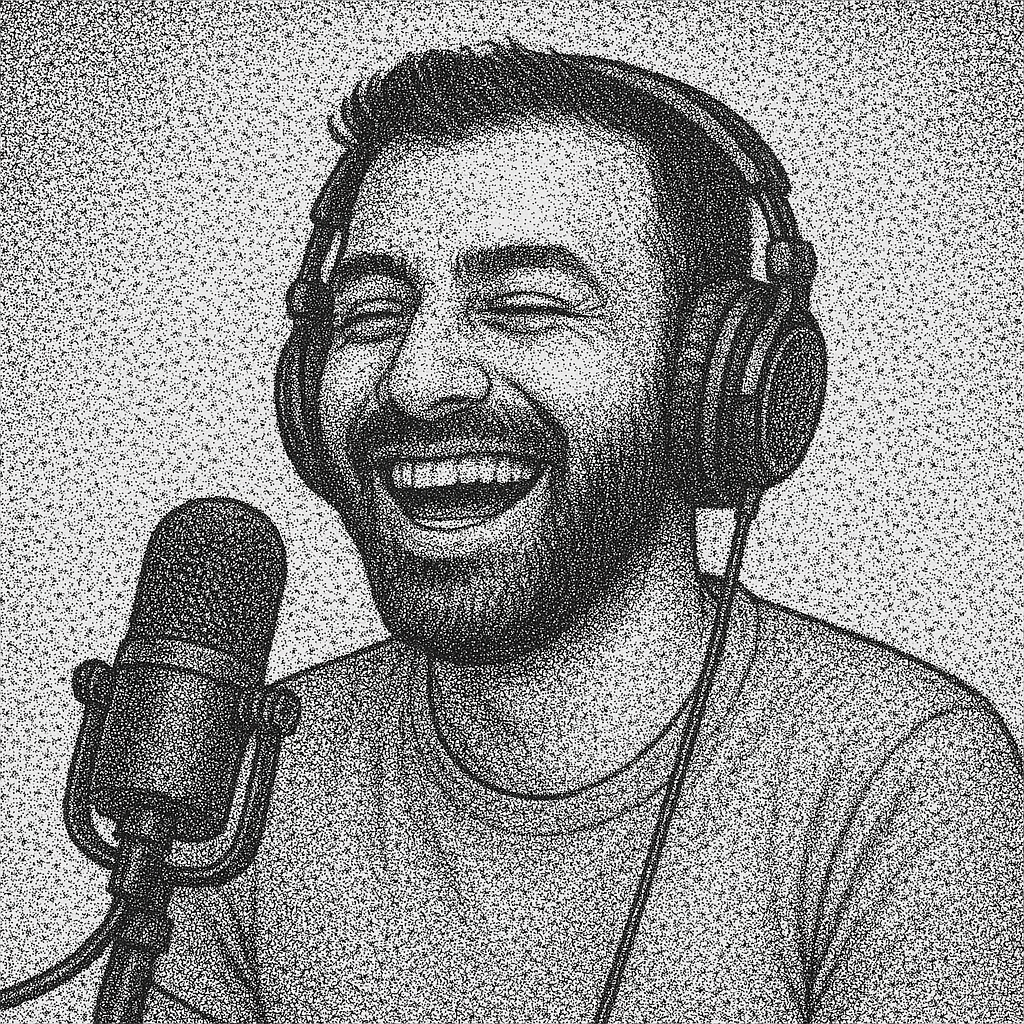
⬇
(53:40) Before starting a podcast, figure out what you’re trying to accomplish FIRST. Trying to grow big? Business development? Make sales? It makes it easier to focus.
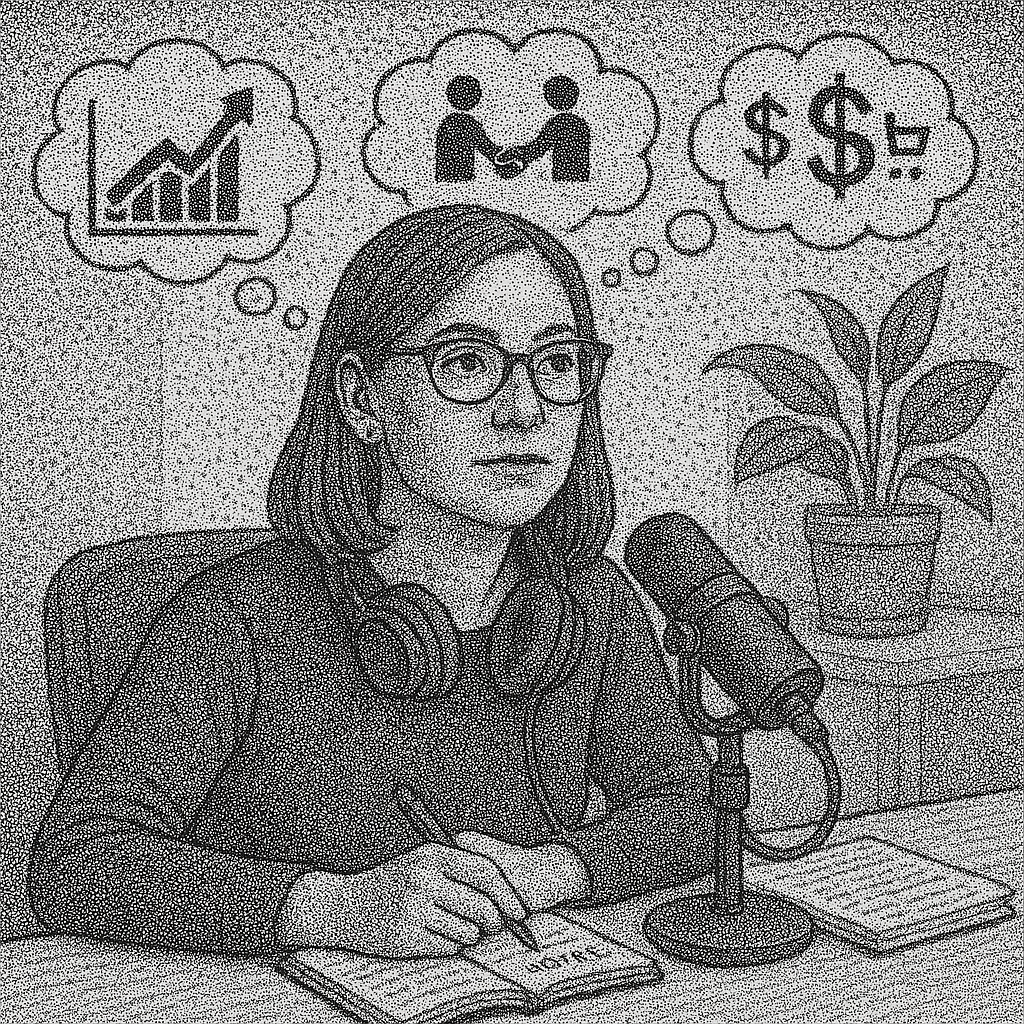
⬇
(55:35) Ryan heard someone talk about SwipeFile, as the modern swipe file of the entire internet.
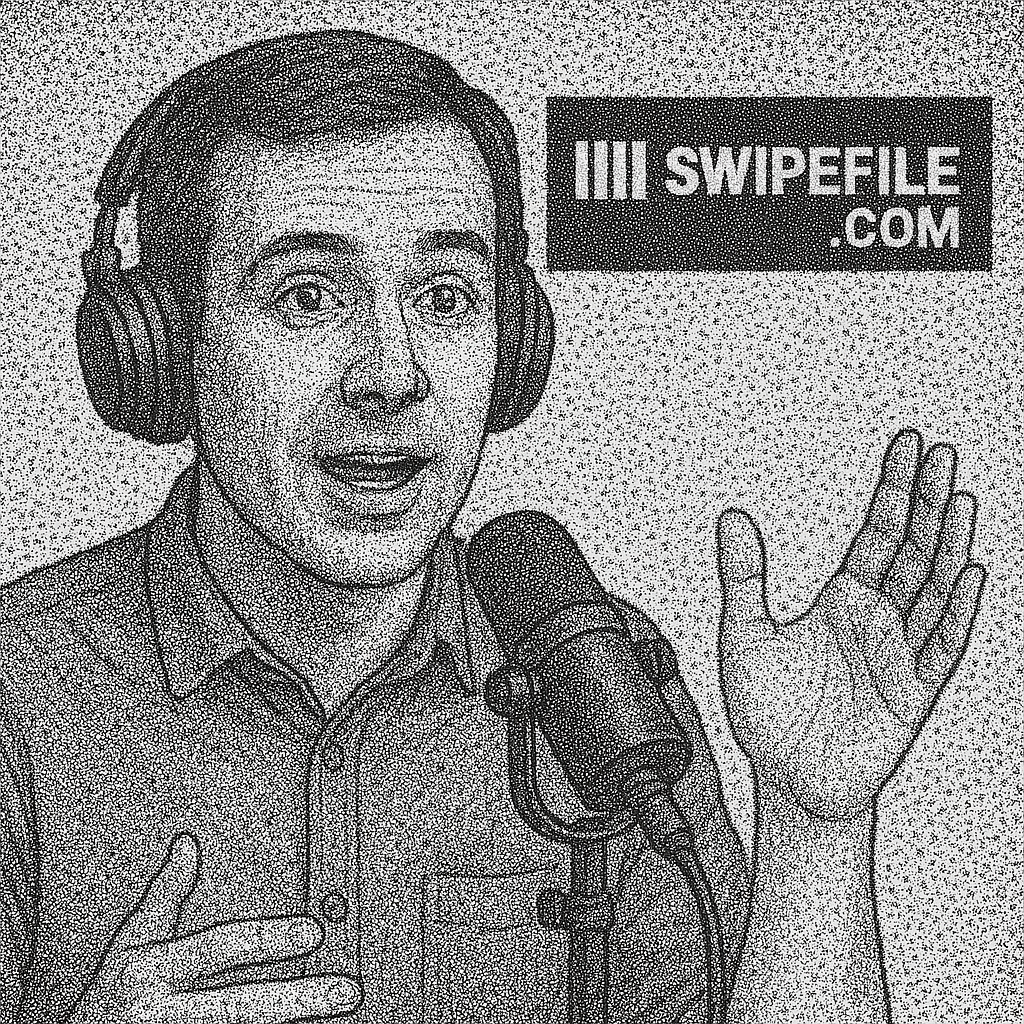
⬇
(56:15) Making content without some programmatic or AI integration will be harder to compete in SEO.
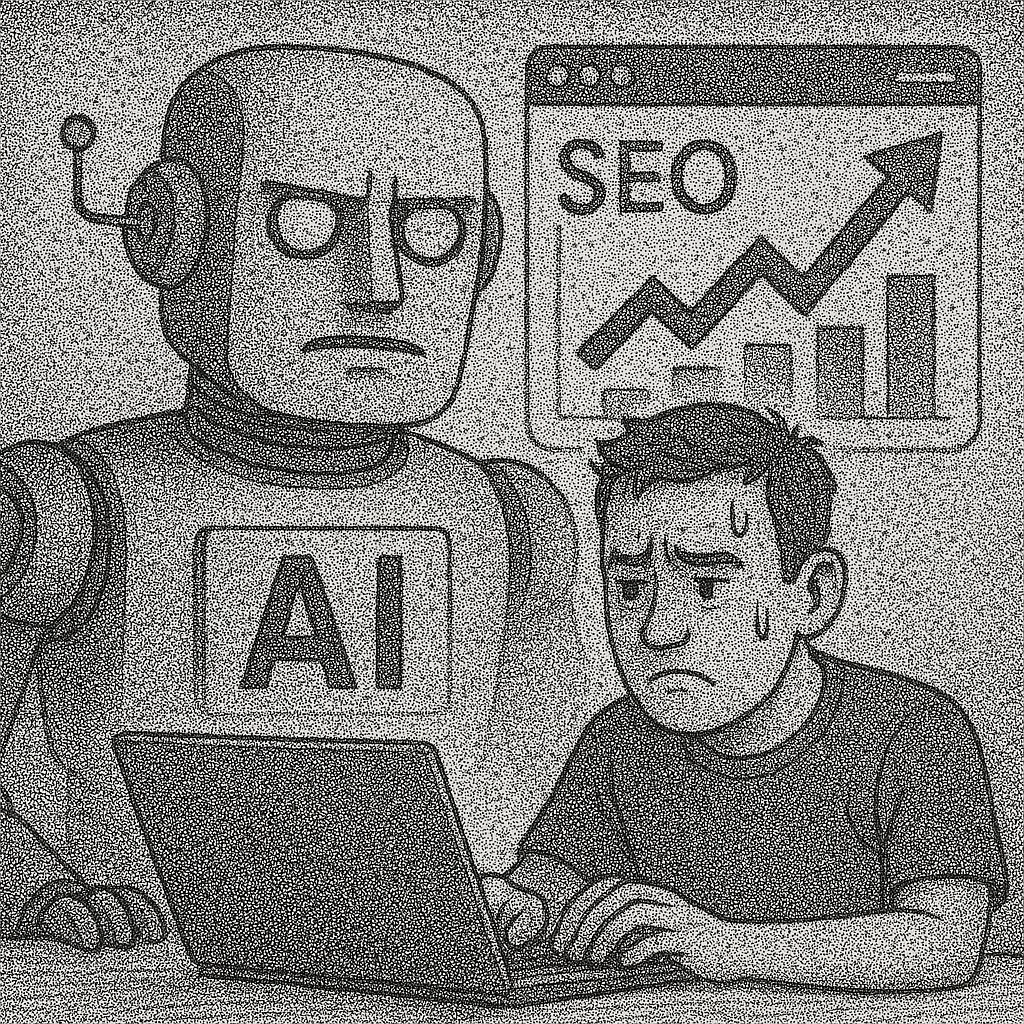
⬇
(58:23) SEO 1.0 -vs- SEO 2.0 difference. AI now referring us a bunch of traffic and rising. Also it sends really great traffic, highest converting. Newer content might be more unique human experiences the AI can learn from, rather than generic listicles.
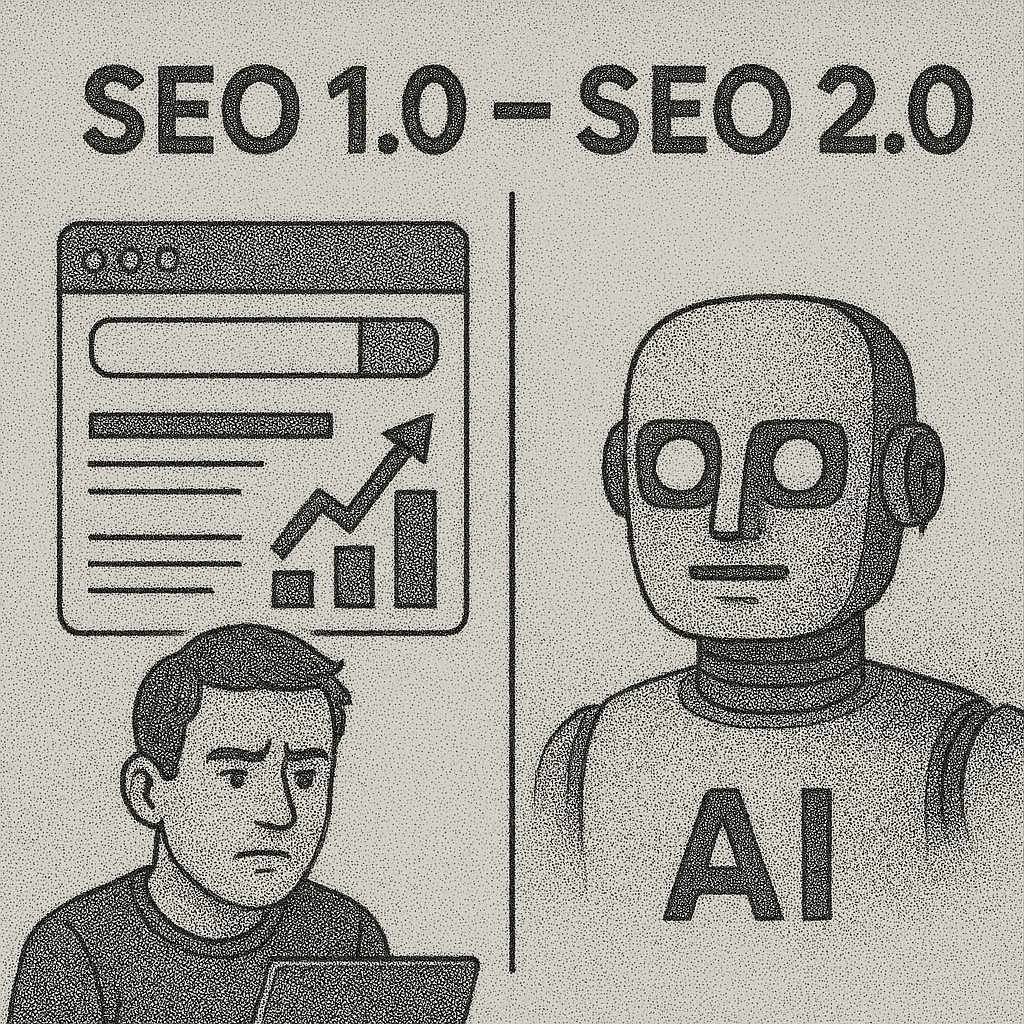
⬇
(1:03:05) If I was starting a podcast from zero, I would only do YouTube and might not even do an audio version.
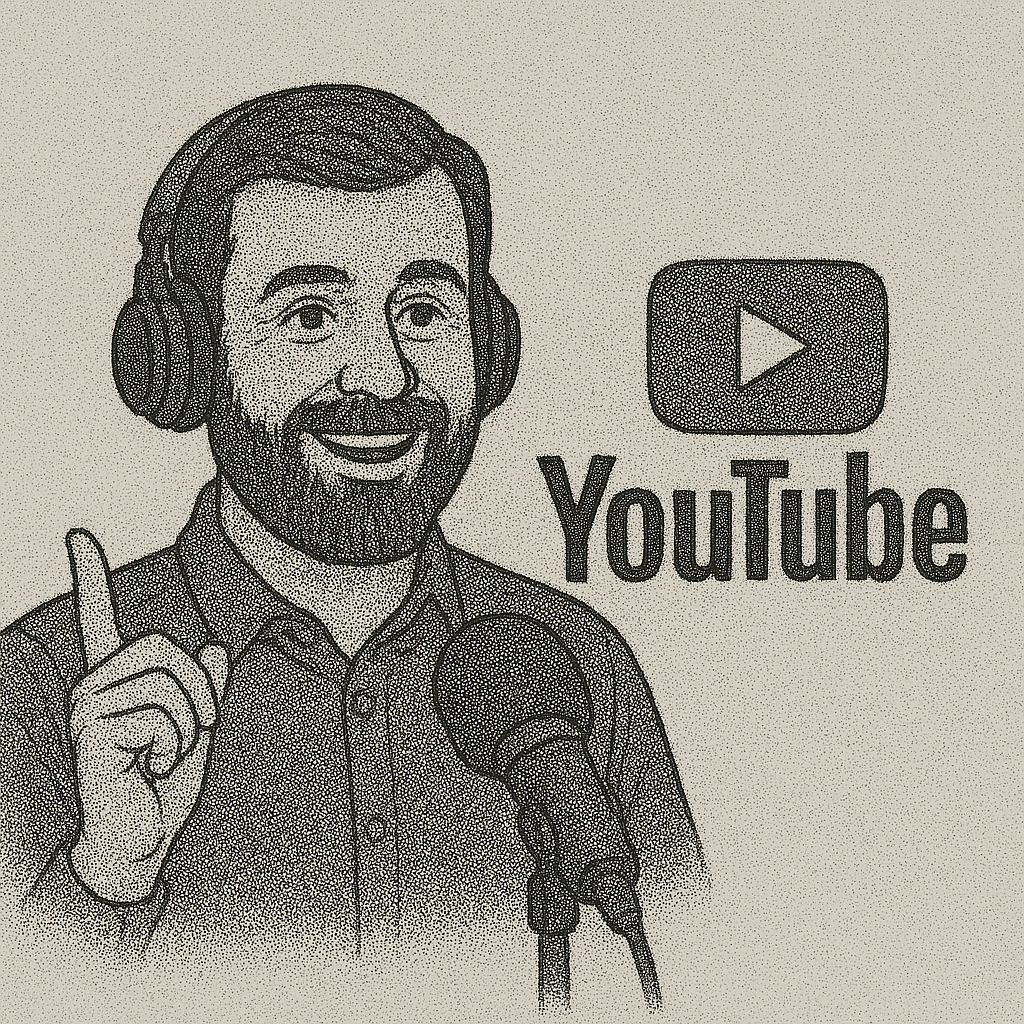
⬇
(1:05:00) Apple used to be 60% of podcasts, now it’s only 12%, and YouTube is 33% of all podcasts listens.
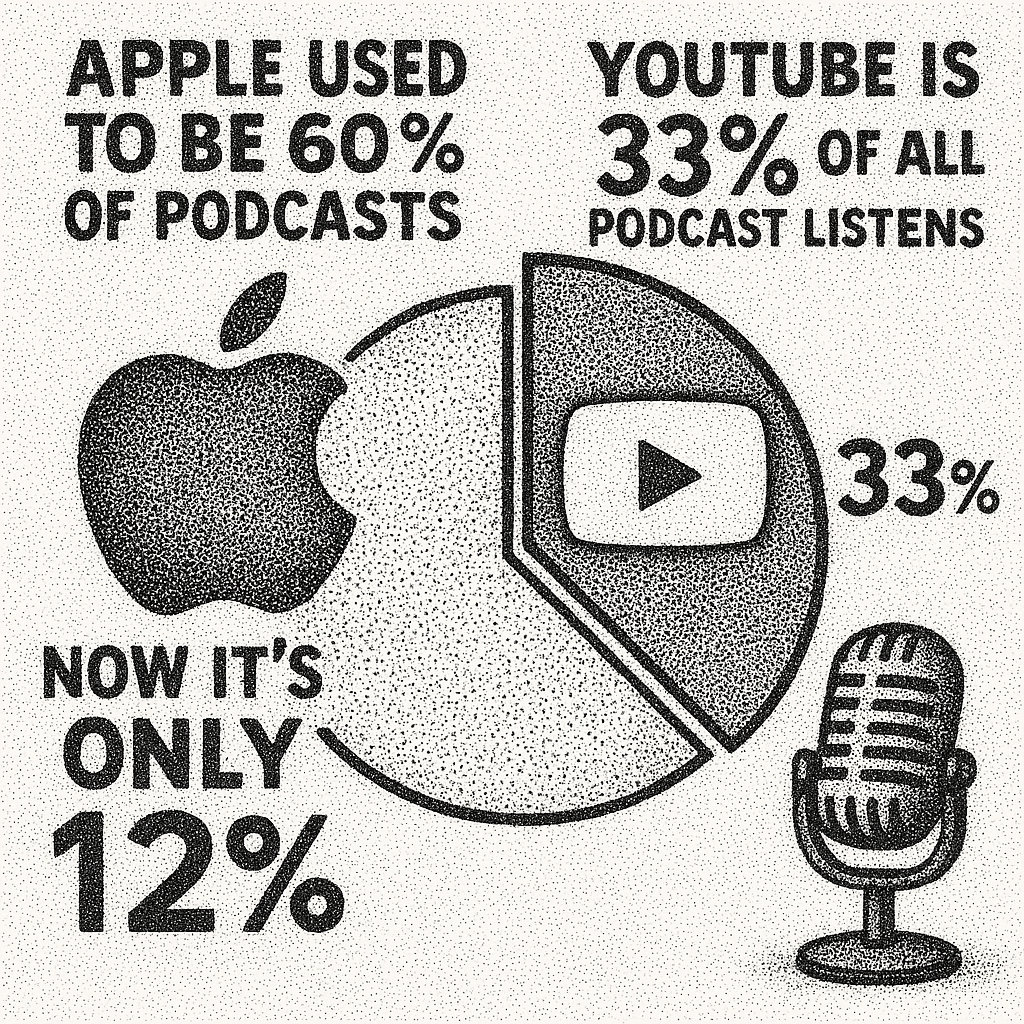
⬇
(1:06:20) My friend Sam Parr has an all-audio podcast called MoneyWise, and they switched to video-first in order for it to grow because it’s so hard to grow an audio podcast.
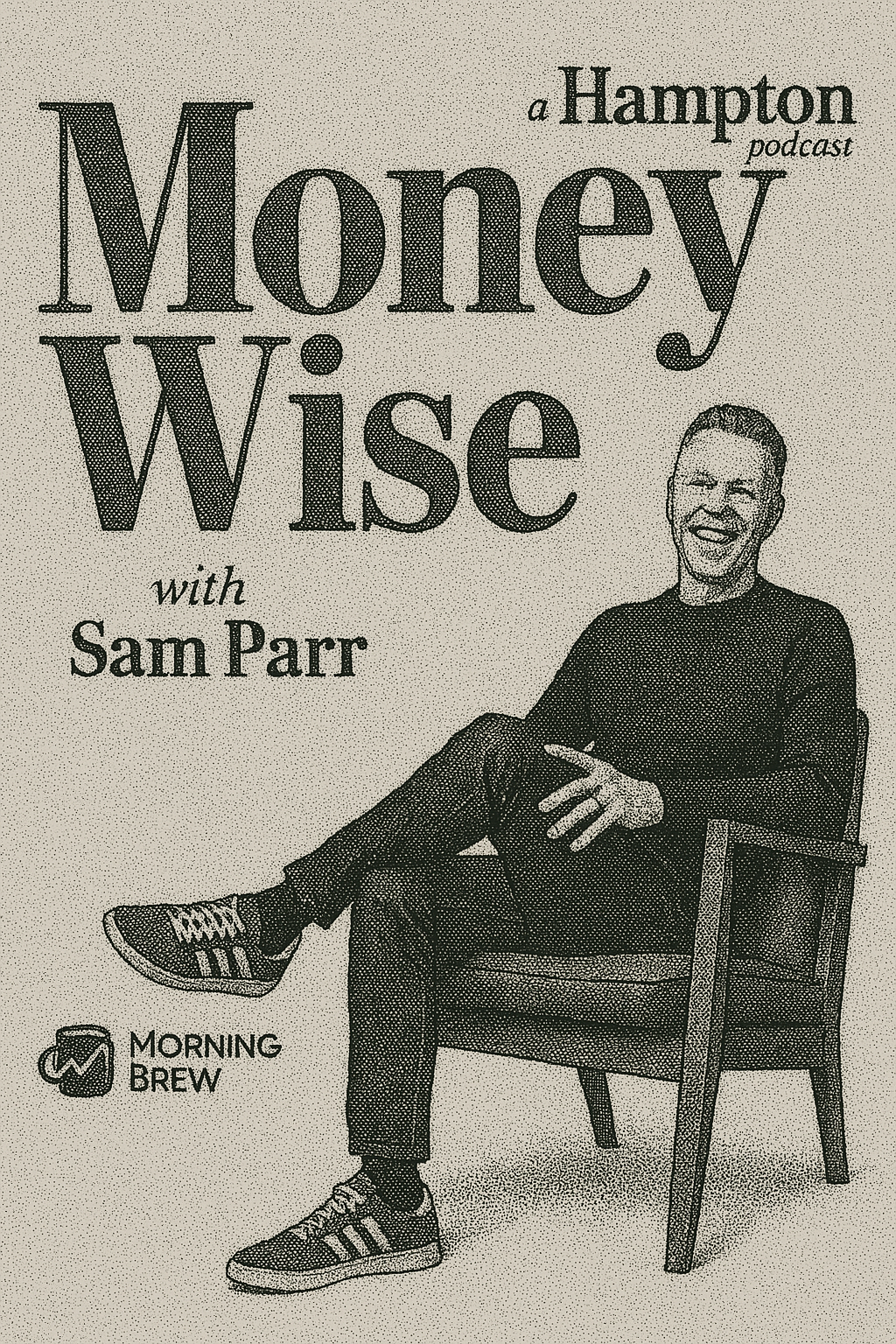
⬇
(1:07:20) Ryan uses YouTube and LinkedIn, but then will use something like Buffer to cross-post to other platforms. Will be focused on writing for LinkedIn first.

⬇
(1:08:05) Dan Go (popular fitness guy) told me he posts on X all day, then takes the banger Tweets and posts them on LinkedIn. He said X is where the cool people hang out you want to be friends with, but almost all the sales come from LinkedIn.
